Scroll over the picture for an explanation.
|
Here are just a few of the finds from the past year. Scroll over the picture for an explanation. While the majority of home visits were uneventful, here is a sampling of some of the surprises of 2022. Glad I was there to catch them! This does not even include any pictures from Hurricane Ian. Scroll over the picture for an explanation. Here are some tips from Arbor Landscapes as to what to plant in our area during the month of November.
Did you know that different times of the year call for different plants? Florida's weather patterns are not as severe as our more northern counterparts, which makes our seasons more evergreen for landscaping. However, some plants really do thrive more during Fall and Winter than others. During November, you can plant alyssum, calendula, dianthus, dusty miller, geraniums, flowering tobacco, pansy, petunia, phlox, snapdragon, stock, viola, sweet peas and ornamental cabbage. 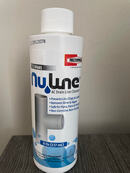 For most Florida homeowners, a clogged AC condensate line is a problem they'll likely encounter. According to experts in the industry, most clogs occur when the moisture/condensation that drips from your cooled evaporator coil deposits dirt, debris and other airborne particles into your air handler's condensate drain. These dirt and airborne particles eventually develop into a slime which combines with the naturally occurring algae growth resulting in a clogged drain. In the past homeowners have tried diluted bleach, distilled white vinegar and other products with mixed results. The manufacturer of NuLine AC Drain Line Cleaner advertise their product as a non-corrosive alternate to traditional chlorine tablets or bleach and which is able to loosen and remove slime & scum build-up. It is environmentally friendly, enzyme based and can combat algae growth for up to 3 months. Thus far, in the houses that have been using this product the condensate lines have been clog-free. If clogging is an issue for you, this may be worth checking out. You can order Nuline on Amazon for less than fifteen dollars. I took this picture from the live webcam of Siesta Key Beach. Due to COVID-19, the beaches are closed. Usually this time of year you can't even get a parking space - but this year it is deserted. This is one of those events you will remember forever!
Rarely do we think of dryers as being a source of potential danger, but recently I learned that they're responsible for house fires each year in the US. Over time, your dryer will collect lint in the vent and exhaust ductwork. When this happens it leads to a reduction of airflow which reduces drying efficiently and increases trapped moisture. This moisture can cause humidity levels to rise around the vent work leading to mildew and mold growth in the surrounding walls and insulation. But most importantly, lint is combustible which can also lead to fires.
I recently had a customer's dryer vent cleaned. (Pictured above) They found nearly 1 1/2” of lint on a screen which covered the roof vent. Since the roof vent already had a flap which opened automatically when the dryer was operating, this screen should have been removed at the time of installation to prevent this very problem. This sure explains the unusually long drying time the homeowner was experiencing. Once again, dryer fires are one of the top 5 causes of house fires. Fortunately, in this case we avoided one by taking action sooner than later. Here are some tips from the US Fire Administration to help prevent dryer fires:
Things to avoid
Here are 9 reasons you should hire a Home Watch Service that is accredited through The National Home Watch Association (NHWA).
1. Accredited members must pass a strict vetting process for consumer complaints or issues. 2. They must carry the proper insurance. 3. They must uphold the highest ethics in the Home Watch industry. 4. Accredited members will always look out for the best interest of the homeowner. 5. They provide regular visits to your home which may prevent or lesson property damage. 6. Offer protection against uninsured, unbonded and unethical individuals who represent themselves as Home Watch professionals. 7. Act as your liaison between contractors, associations, Realtors and virtually anyone you authorize. 8. Deliver consistent and accurate information to you during your absence. 9. Create a presence in your home which may deter squatters and other intruders. Why take a chance with your home. Make the easy choice that will truly give you peace of mind! Aloha Home Watch Services, LLC - A bonded, insured and accredited Home Watch company. As I look back on 2019, it was a great year. While the majority of home visits were uneventful, here is a sampling of some of the surprises. Glad I was there to catch them!
I discovered these two batteries sitting on a granite desk in a homeowner's office. I then started to wonder about the proper storage and use of batteries. The following is some expert advice I found from an article posted by Duracell.
Should I remove my batteries from a device if I know I won't be using it for a while? Yes. Remove batteries from a device when it is not expected to be in use for several months. Should I store batteries in the refrigerator or freezer? We recommend storing batteries at room temperature in a dry environment. Extreme heat or cold reduces battery performance. You’ll want to avoid putting battery-powered devices in very warm places. In addition, refrigeration is not necessary or recommended. How can I get better life out of my batteries? Here are a few tips to help extend the life of your batteries. – Turn off battery-operated radios and appliances when they’re not in use – Remove batteries from devices that won’t be used for a while – Store your batteries in a dry place at normal room temperature without the contacts touching Can I mix old and new batteries? Do not mix old and new batteries. Doing so will reduce overall performance and may cause battery leakage or rupture. We do recommend changing all batteries in a unit at the same time. A partially used battery will drain energy from a new one, reducing the total amount of battery power available. How can I clean up after a battery leak? Follow these tips to clean up after a battery has leaked: Work in a well-ventilated area. Wear household gloves and glasses. Using a toothbrush or cotton swab, remove battery leakage from the electrical contacts. Make sure the electronic device is completely dry before trying a new battery. To avoid future problems, adopt the following practices:
To read more good advice from the article, click the link below. Ever go to use your garbage disposal and while it just worked the other day, now it only hums without spinning? In most cases the moving, metal parts have either rusted together or have some type of debris jammed between the blades causing it to seize. To overcome this problem you must manually spin the blade to break it free. Sometimes when the jam occurs it trips the overload button at the base of the disposal shutting off power to the appliance. If so, this button will need to be reset after you remedy the problem.
Your garbage disposal may have a disposal wrench slot. This slot will fit a standard 1/4 inch Allen wrench or Allen wrench bar. Sometimes this bar may be found taped to the side of the disposal. They are often placed there at the time of installation. If your disposal doesn't have a wrench slot, you may have to use something similar to a wooden spoon handle to manually spin the blade in the disposal. . Steps freeing a seized blade.
Do you have household fixtures controlled by multiple switches, but to avoid confusion you prefer to use just one switch? Maybe you have computers, alarm clocks, timers or other appliances that you want to prevent from being turned off accidentally. If so, here is a simple gadget which makes life a whole lot simpler. It easily attaches to a wall switch using your existing hardware and prevents a switch from being unintentionally turned on or off.
As a home watcher, these make my life easier since I'm not always familiar with which switch controls individual devices or lights. With these in place, I never need to worry about accidentally leaving something on or turning something off. If interested, you can learn more about this product in the link box below. These graphs provide a historical perspective on the peak arrival time of storms in Florida and where major storms typically come ashore. As you can see, the Sarasota/Manatee area has geography and history on its side. It is not as easy for a major storm to get into the Gulf and hit us directly. Relatively speaking, counties to the north and south stand a greater chance of experiencing stronger storms. This is one of the reasons some residents have specifically chosen our area to live.
Stay connected to local weather with my Tropical Weather page. Simply click to see the weather forecast, hurricane tracks, wind speeds, beach webcams and more! Stay connected to your home, even if you are separated by thousands of miles.
Here is a view rarely seen by residents, the rooftop of a condo building. This is where the AC condensers for every unit are located and the point of entry for roof leaks. Since these roofs are typically flat, most depend on drainage holes leading to drain spouts to shed rainwater. Sometimes these holes get clogged with leaves and debris resulting in standing water. When this happens, even the smallest holes in the roofing membrane can lead to leaks. That's what happened recently.
While the top floor may have the best view, when the roof leaks the first stop is ....the penthouse. Just another reason it's important to have someone check your condo regularly. Here are the average rainfall totals by month for the Sarasota/Bradenton area. This chart makes it easy to see the dramatic change from spring to summer. WHEN IT RAINS, IT POURS
When homeowners receive notification from the county that their backflow needs testing, they often wonder why it's required at all. Firstly, it is important to understand why backflows are needed. A backflow prevents the safe, public water supply from becoming contaminated from a tainted source. This is accomplished by a one-way valve (backflow) which permits water to flow in only one direction once it enters your system.
Backflow preventers are designed to act as a one-way check valve, preventing the flow of contaminated water from your home back into the public water supply. The compromising of safe water is usually the result of cross-contamination happening when water from another source such as irrigation, well or pond water enters a homeowner's water system via some damage or faulty design. Since water flows in one direction only (into your home) through this preventer, any contaminated water on your property cannot pass back through to the public supply. This ensures that everyone's water is safe and protected. Backflow tests are reasonably priced and easily arranged. Since they are located outside of your home, no one needs to be present when conducted. Most companies typically charge less than thirty dollars, so if you are paying more there are other options. Once the test is successfully completed, the county is notified by the tester and your backlfow is certified for another year. Finding small problems before they become much larger is one of the most important roles of a good home watch company. I found this washing machine loaded with wet towels after a homeowner left for the summer. Sometimes it's the little things that can get missed but create a much bigger problem down the line. Can you imagine the mold that may have grown if this washer was left unchecked? I am not sure if you could ever get the smell out.
That's why it is always a good idea to go room by room throughout your home before leaving for an extended period. Create a checklist if that makes the job easier. It will be well worth your time. But rest assured, if something does get missed, I am there to catch it! With Florida red tide in the news so much over the past year, I collected and shared some answers to common question provided by Mote Marine. Mote Marine Laboratory studies Karenia brevis, the organism that causes red tides in Florida.
What is Florida red tide? A red tide, or harmful algal bloom, is a higher-than-normal concentration of a microscopic alga (plant-like organism). In marine (saltwater) environments along Florida’s west coast and the elsewhere in the Gulf of Mexico, the species that causes red tides is Karenia brevis, often abbreviated as K. brevis. To distinguish K. brevis blooms from red tides caused by other species of algae, researchers in Florida call it “Florida red tide.” What causes Florida red tide? The Florida red tide alga, Karenia brevis, needs the following components to form a bloom. The first is biology — the organism must be present in the water and it must out-compete other phytoplankton. The second is the correct chemistry — this includes the appropriate temperature, salinity, and nutrients that it needs to grow and multiply. The third component is the right physical conditions to concentrate and transport K. brevis. The fourth component is ecology – the presence or absence of other life forms, such as other marine algae that may encourage or inhibit K. brevis blooms. Has coastal (nutrient) pollution caused Florida red tide? In contrast to the many red tide species that are fueled by nutrient pollution associated with urban or agricultural runoff, there is no demonstrated direct link between nutrient pollution and Karenia brevis red tide formation or frequency (how often they occur). Florida red tides develop 10-40 miles offshore, away from human-contributed nutrient sources. Red tides occurred in Florida long before human settlement, and severe red tides were observed in the mid-1900s before the state’s coastlines were heavily developed. However, once red tides are transported to shore, they are capable of using human-contributed nutrients for their growth. For more information on Florida red tide and to see red tide maps and current beach conditions, click the link to the Mote Marine website. mote.org/research/program/environmental-health/beach-conditions-report-red-tide-information Leaving shades slanted, in either the "upward" or "downward" position does make a difference. Over time, ultraviolet rays from the sun can do a great deal of damage to fabrics and carpeting. Learning how to position your blinds will protect your furnishings. The picture below shows the same room with blinds in two different positions. The picture on the left shows them in the "upward" position while the right is in the "downward" position. The difference is dramatic. An interesting observation is that while blinds are "upward", they allow plenty of light in without damaging carpeting or furniture.
One thing to keep in mind for seasonal residents is that during the course of your absence, the sun's position will change so even though you are not receiving any direct sunlight in your home while you are here during the winter, that may be very different during the summer. That's why I always suggest the "upward position". So you may heard what you think are rats in the attic and now you're wondering if they have taken up residence in the rafters. Here's a simple test I've learned from the extermination experts that can help determine if your suspicions are correct.
Rats typically use attics for shelter and raising young. They spend their other time foraging for food outside of your home and returning for shelter after they are well fed. They are continually moving in and out of homes on a regular basis. So think of it this way, rats use your attic as a hotel while everywhere outside is their restaurant. I have learned that they are especially fond of mandarins and orange sliced jellied candy. So a simple way to check for rats is to offer them something special in a place very easy to find. Take two to three small pieces of either a mandarin or an orange slice candy and place them in areas of your attic you suspect the rats may be found. Check your bait every day or two and if it disappears, that may indicate you have rats. If you suspect rats, don't panic. They're very common in Florida. To confirm your findings, call a pest service to come out and give you a free, through inspection. Whether it is wind or lightening, summer storms can do damage. Having someone check your home is crucial. Anything can happen in a moment's notice.
The bottom two pictures are damage done to an HAVC thermostat following an electrical storm. The power surge followed the electrical line right into the home. Fortunately, this was the only damage done. Don't forget to check the refrigerator. I found this array of tasty treats after someone left following a mid-summer visit.
|
Archives
January 2024
AuthorBill Medred is the founder and owner of Aloha Home Watch Services, LLC |




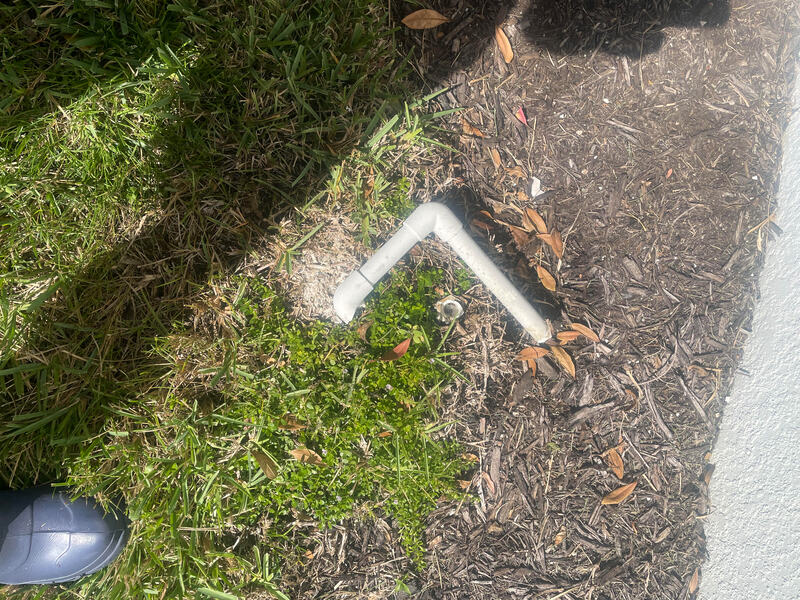


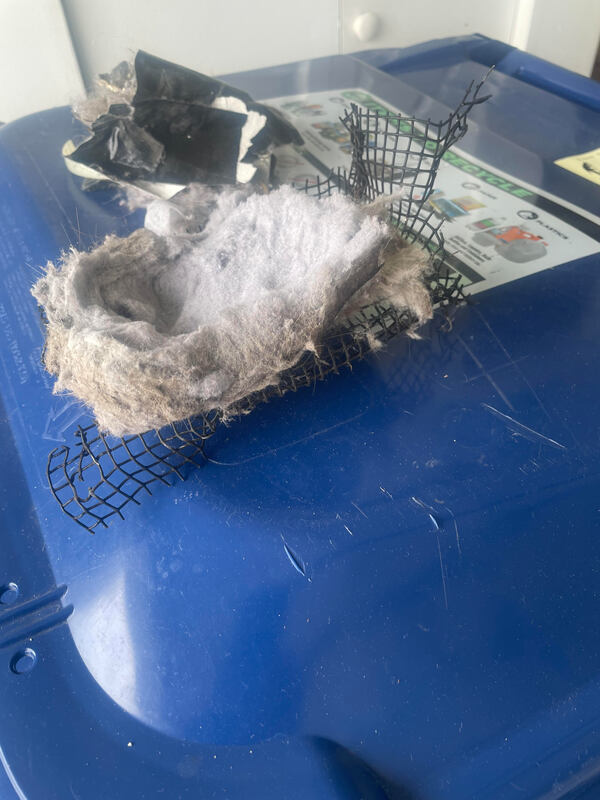
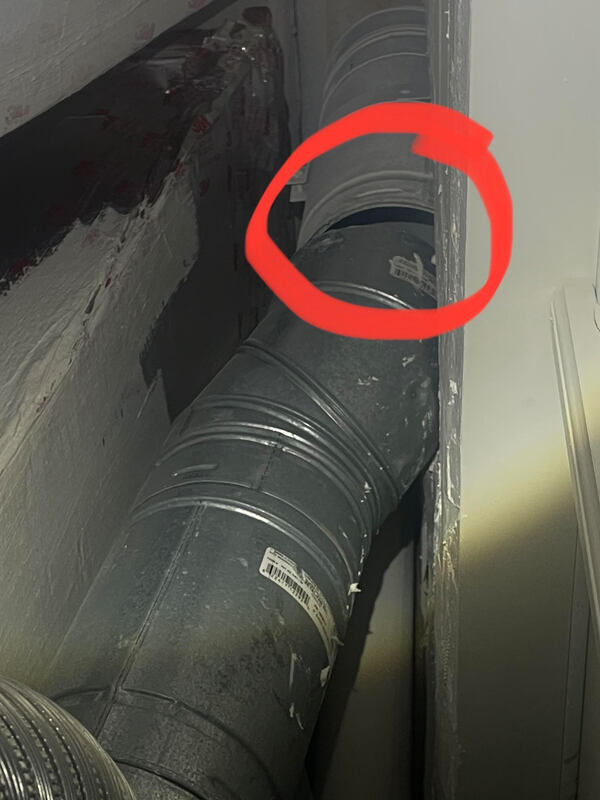
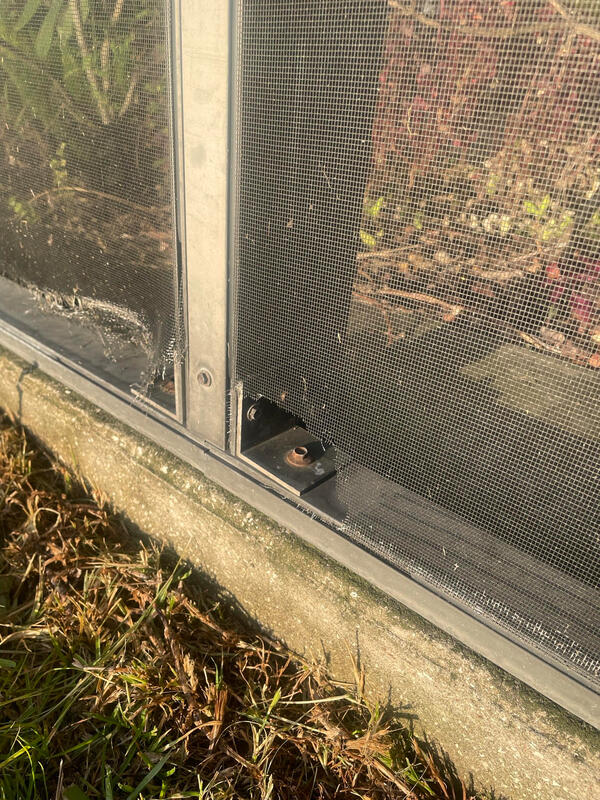

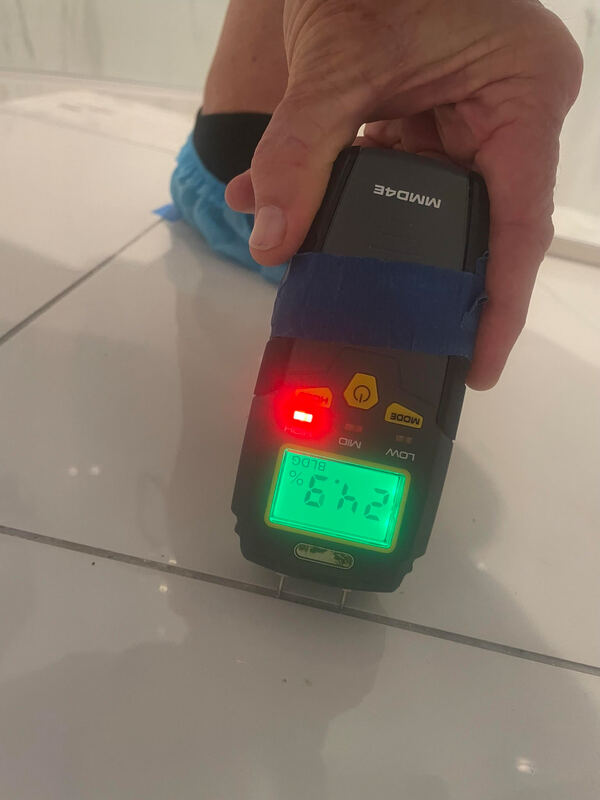
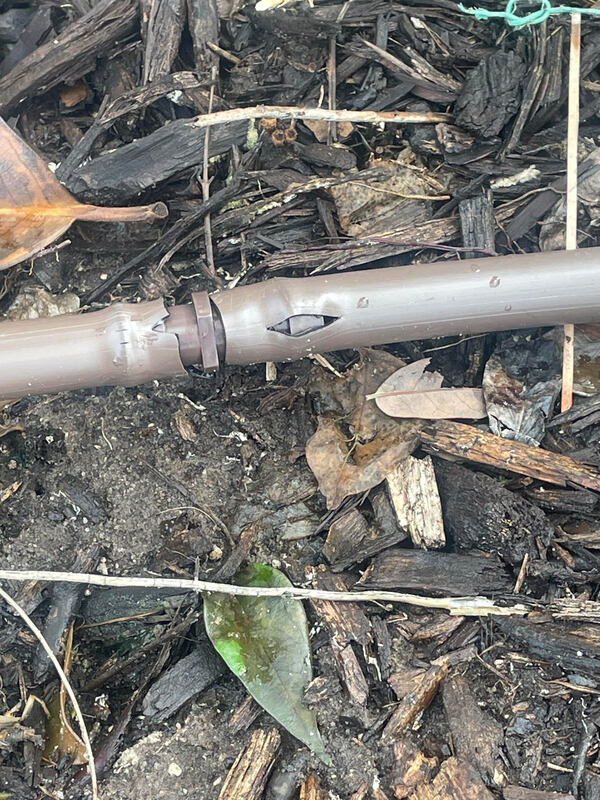


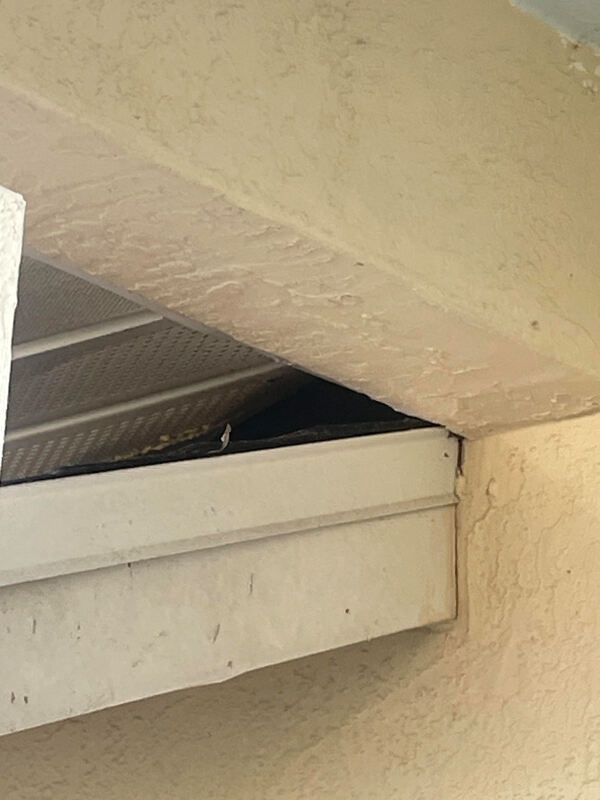











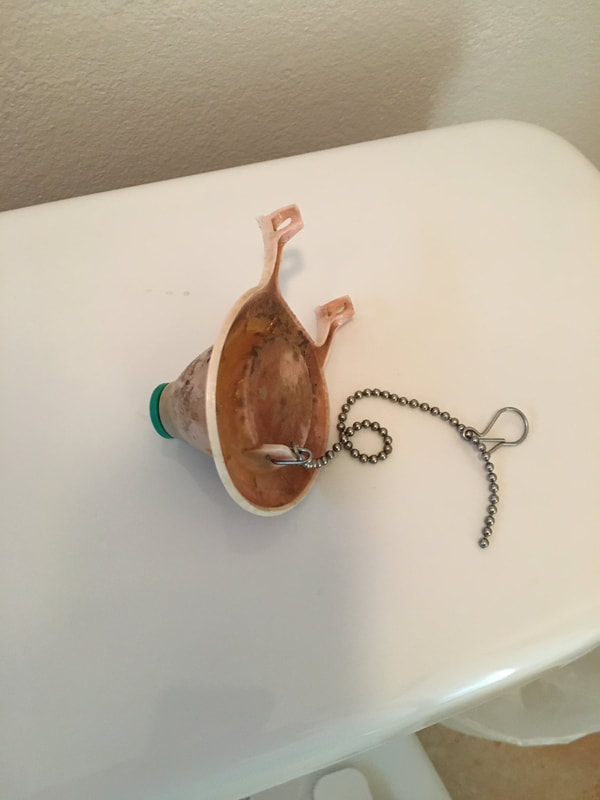
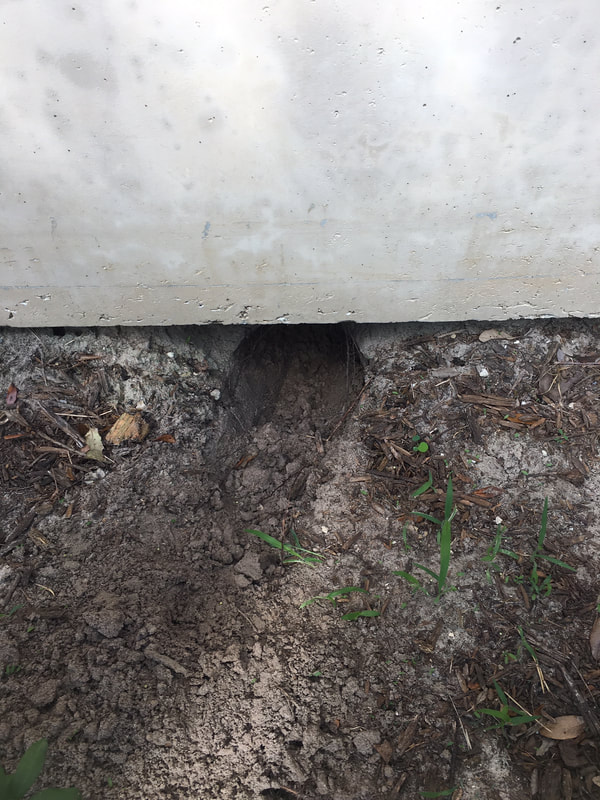
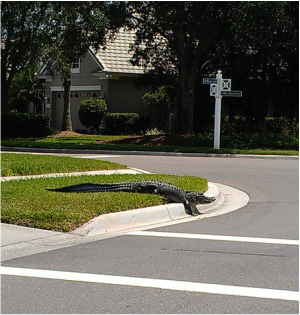


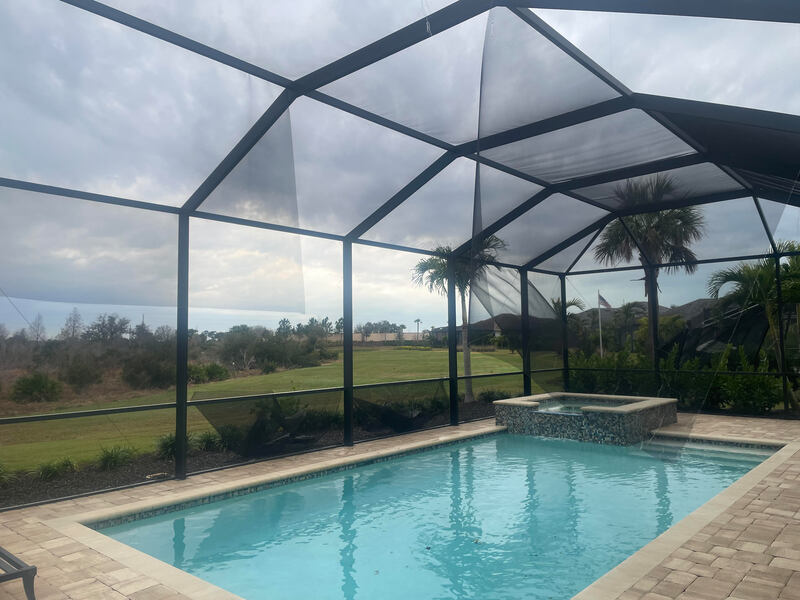






























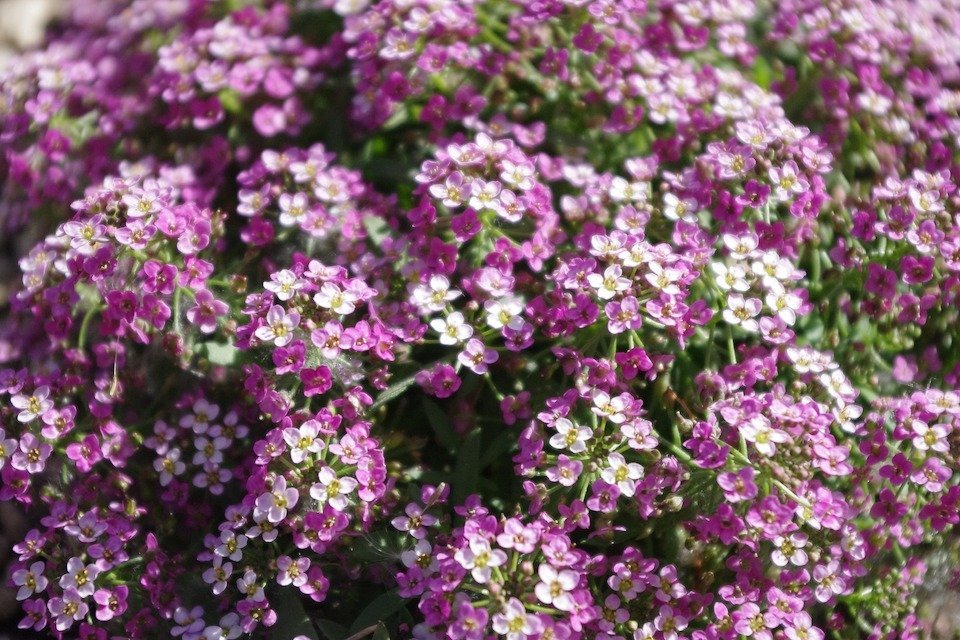

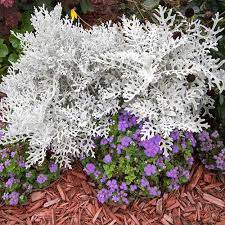
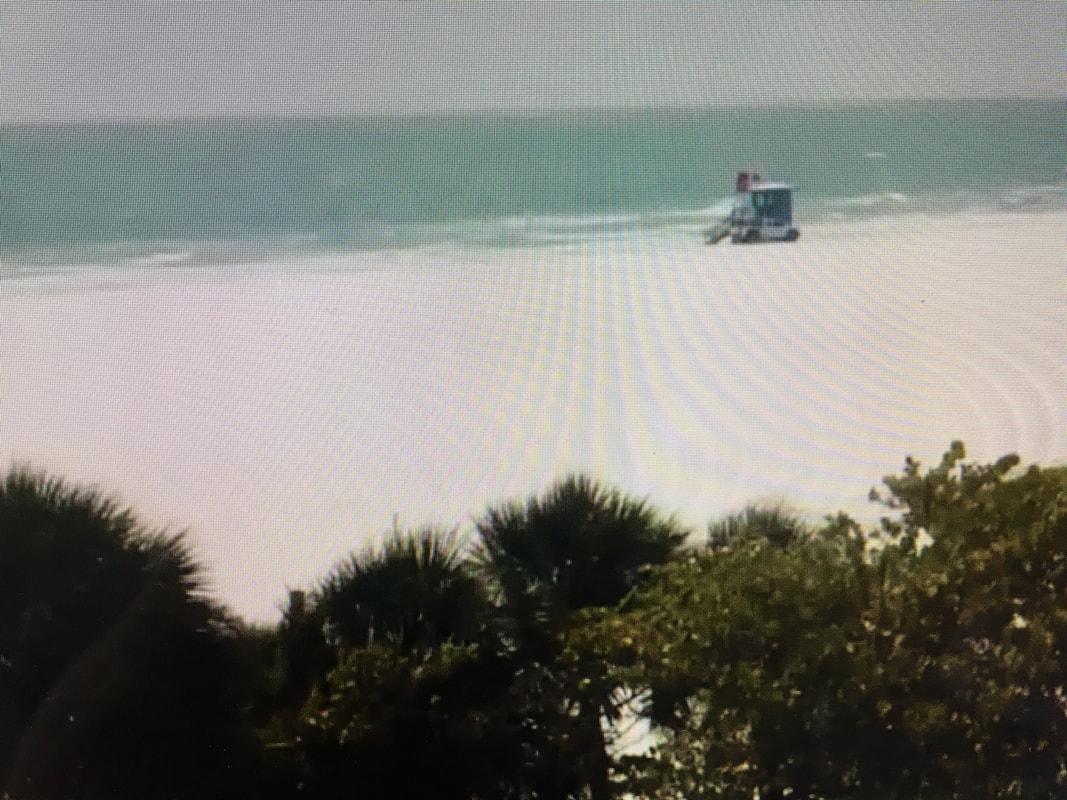
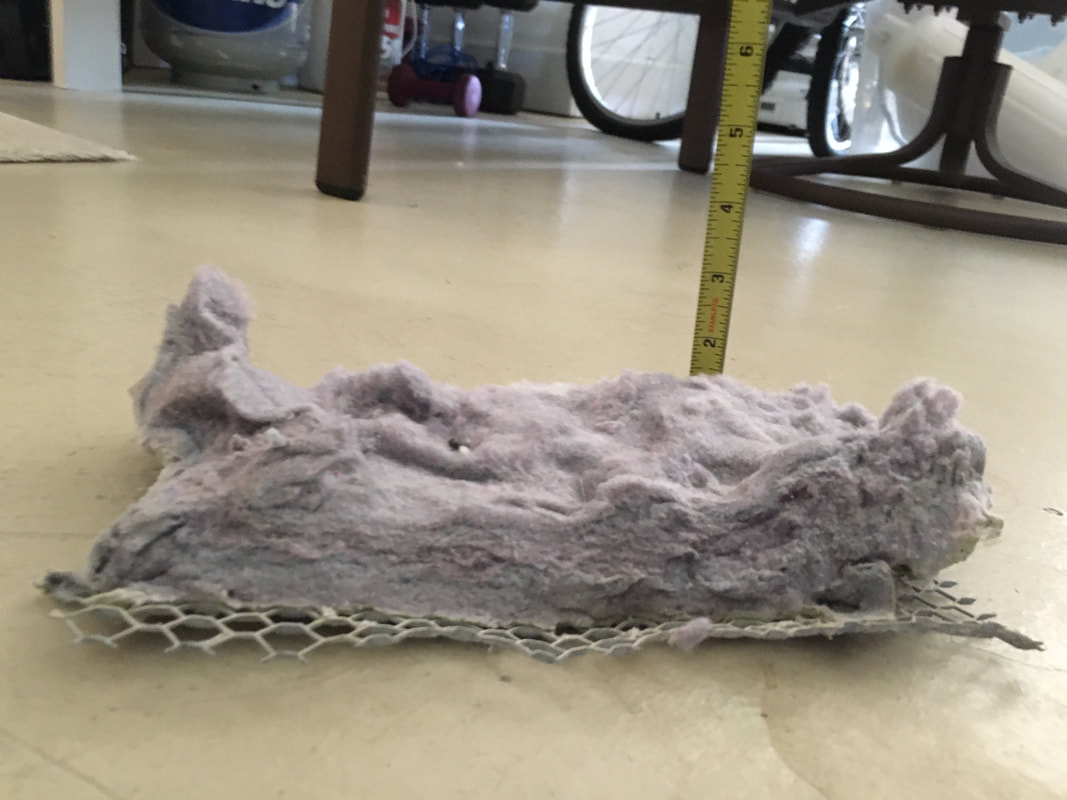
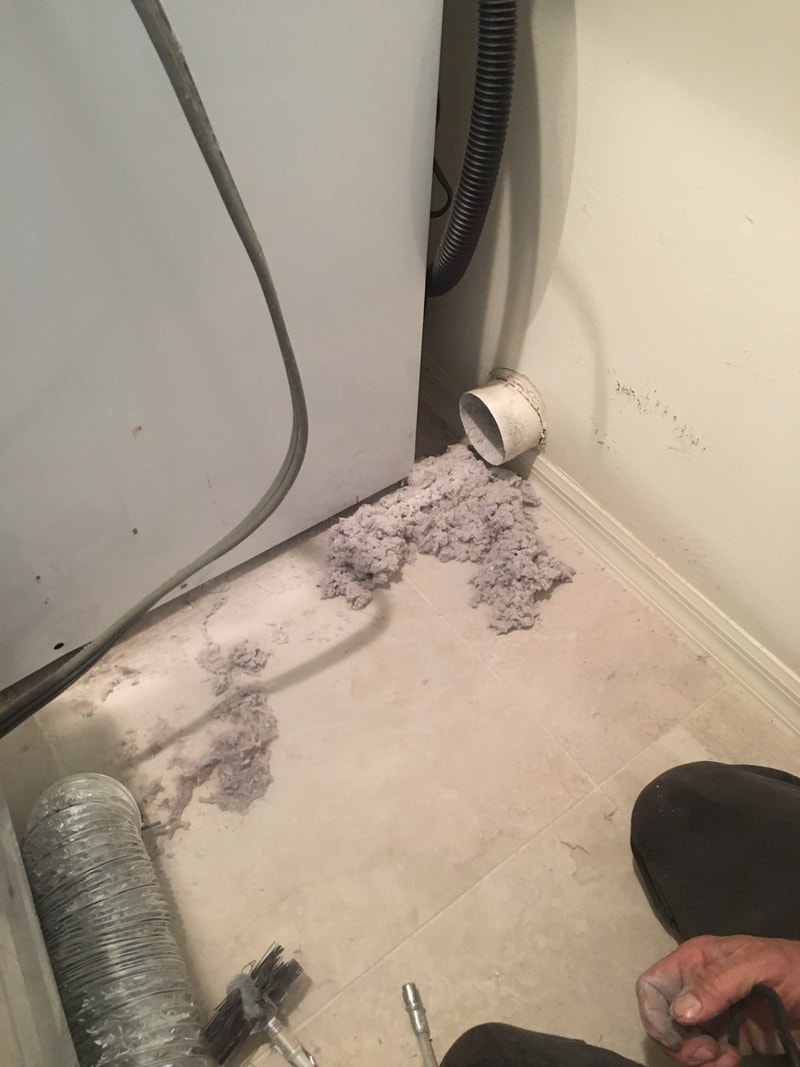
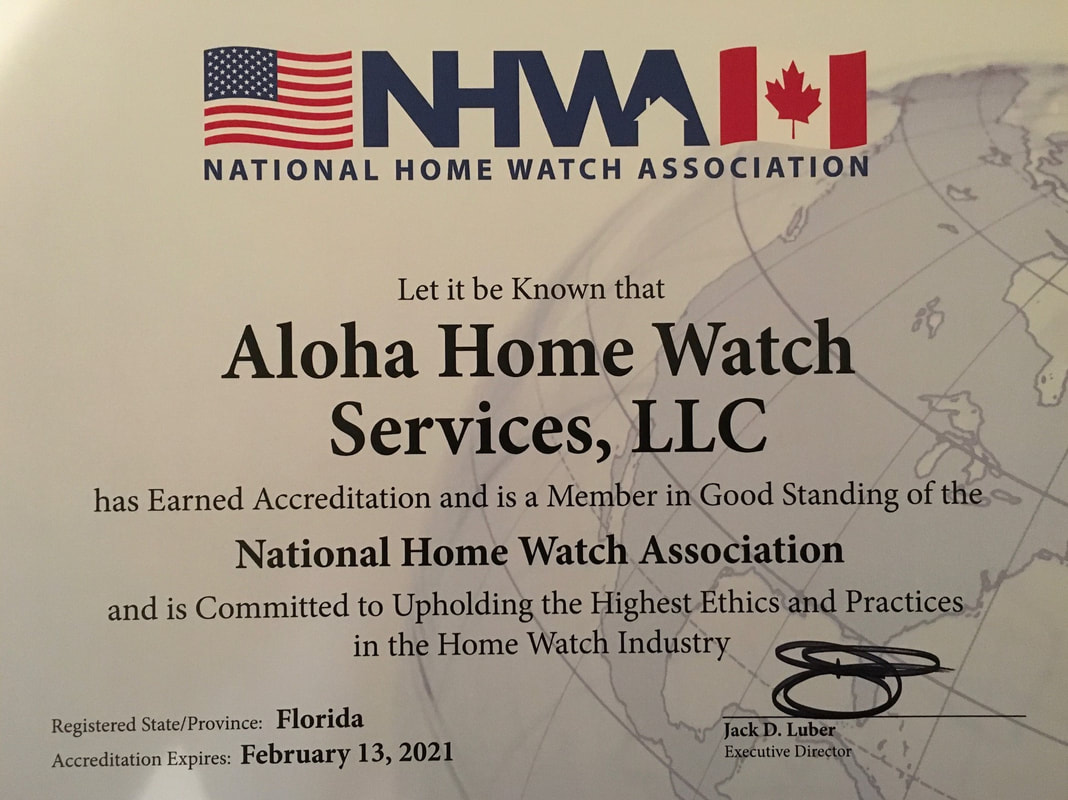
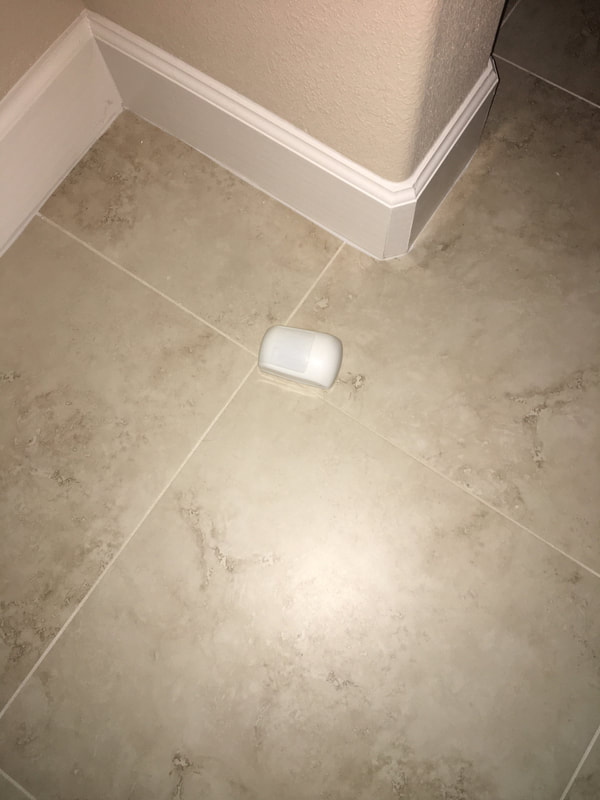
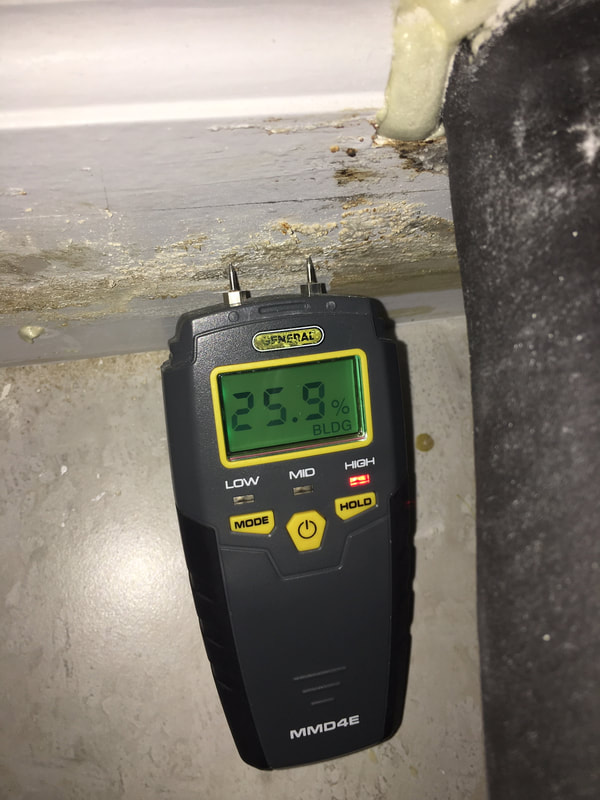
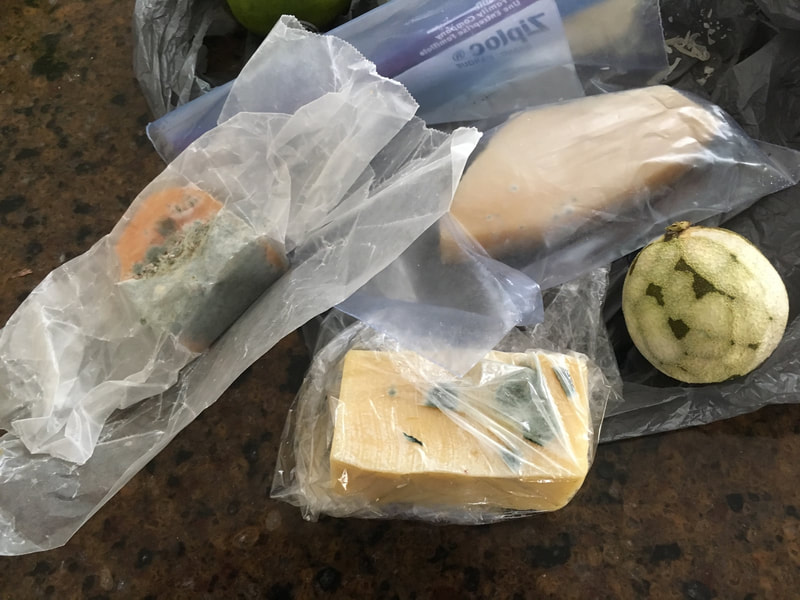
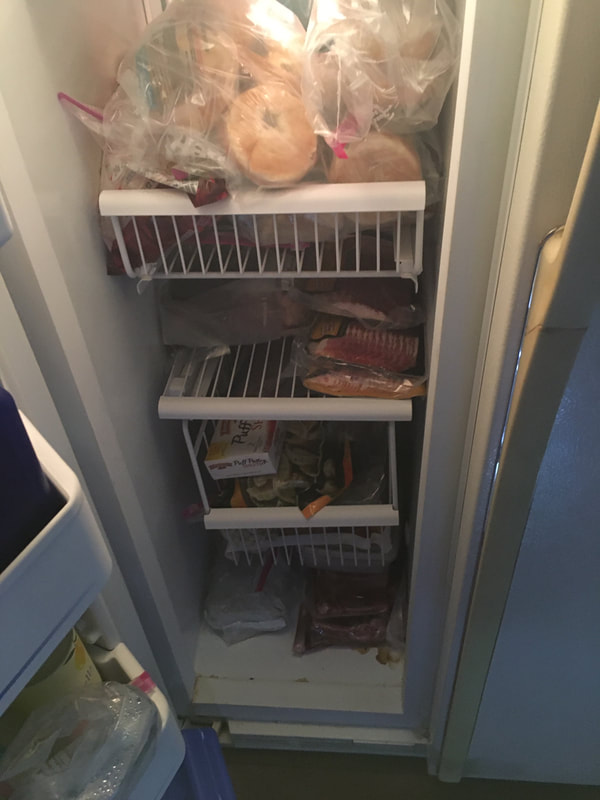
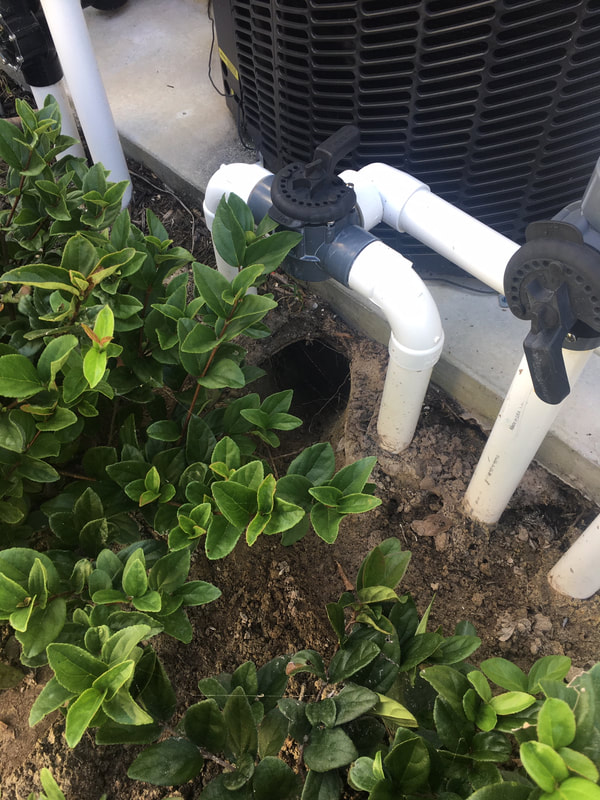
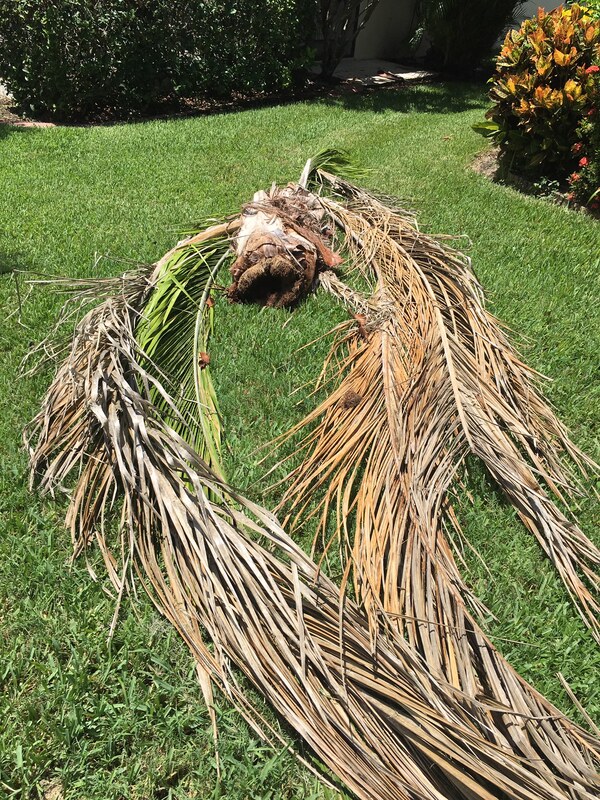
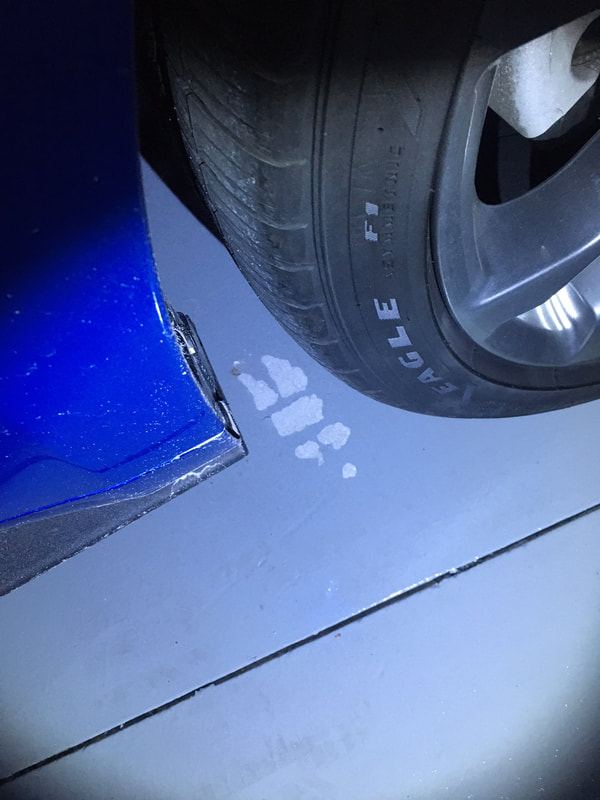
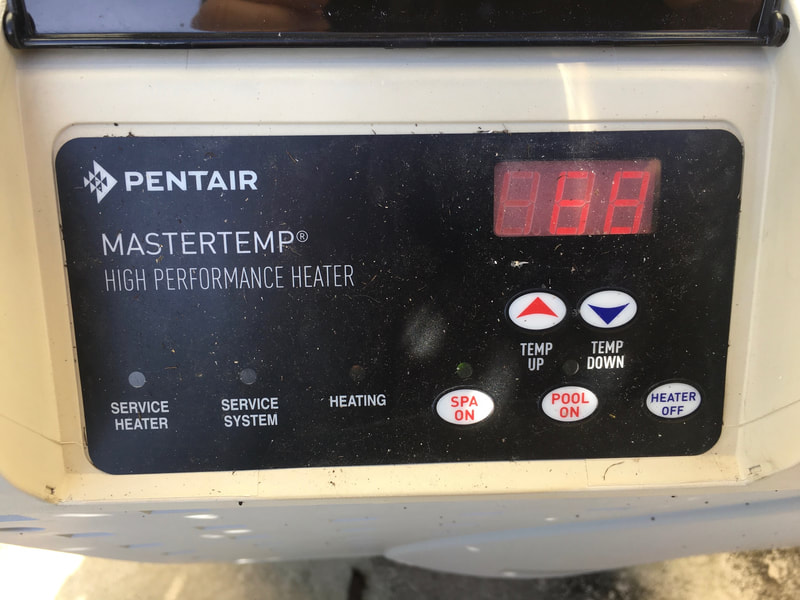
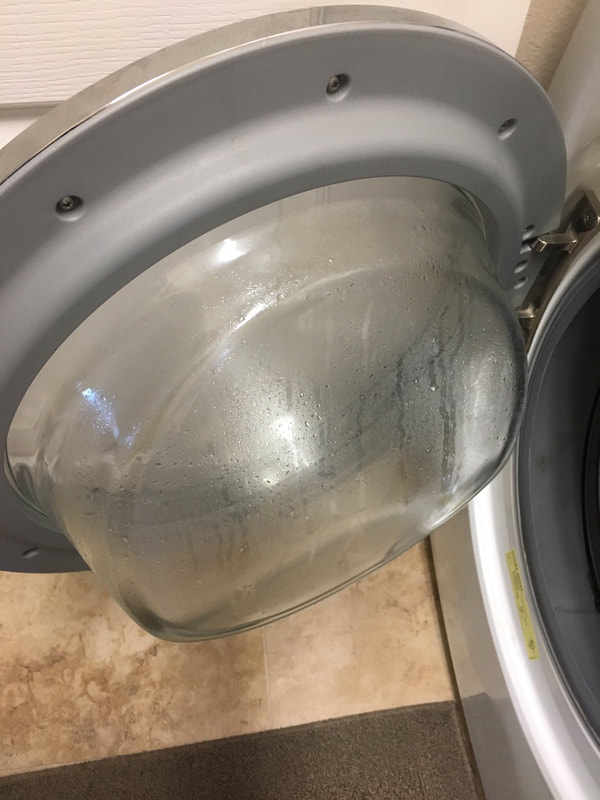
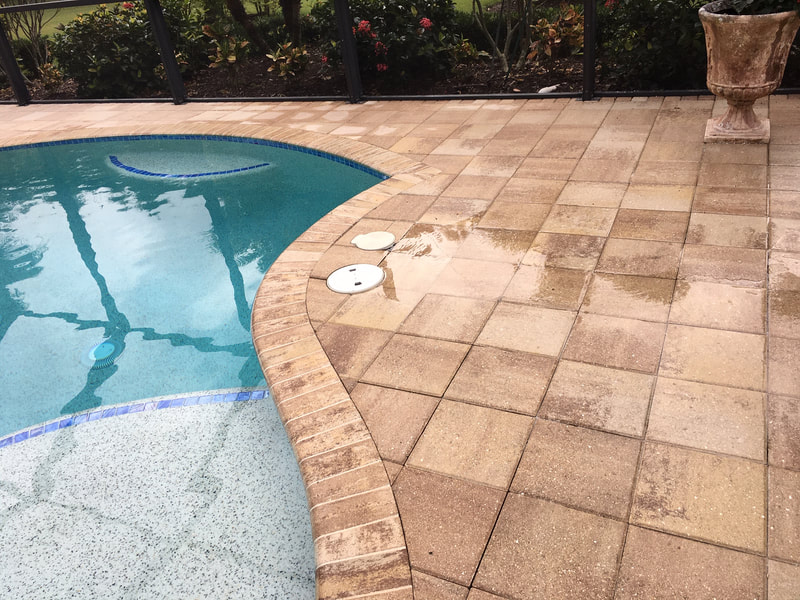
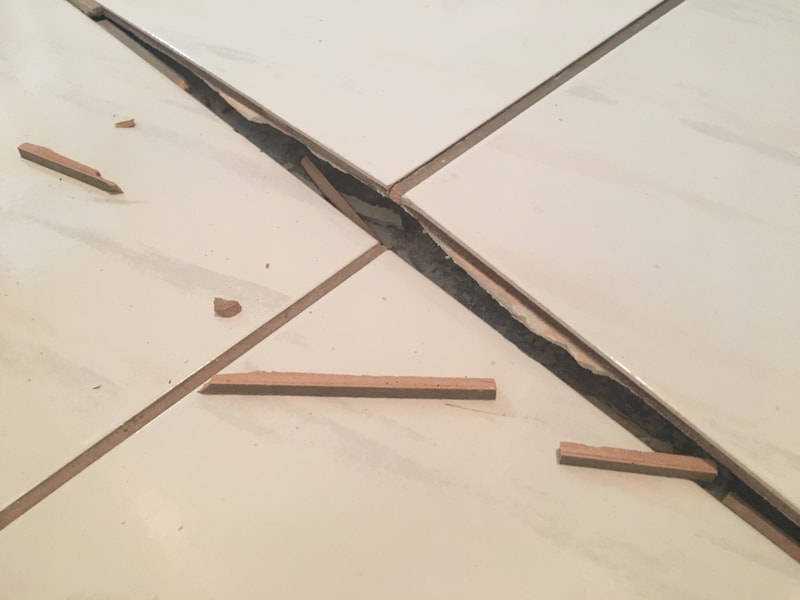
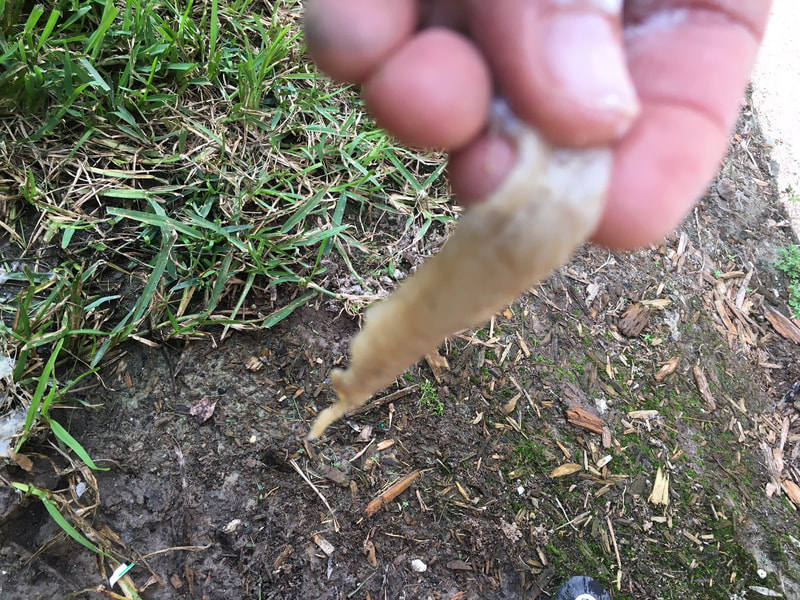
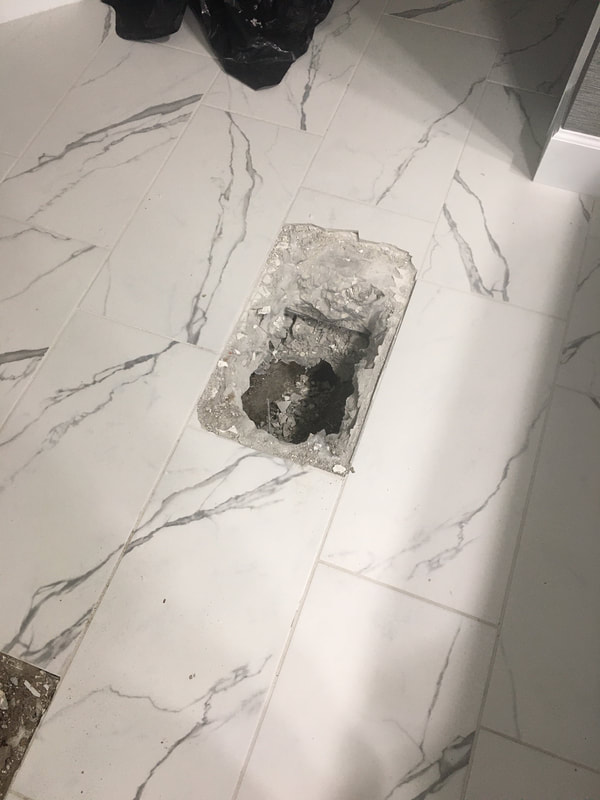
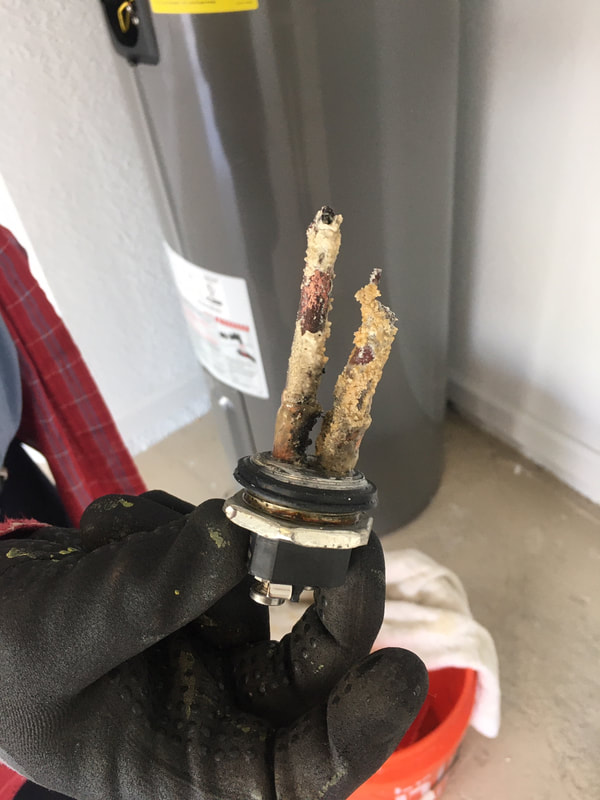
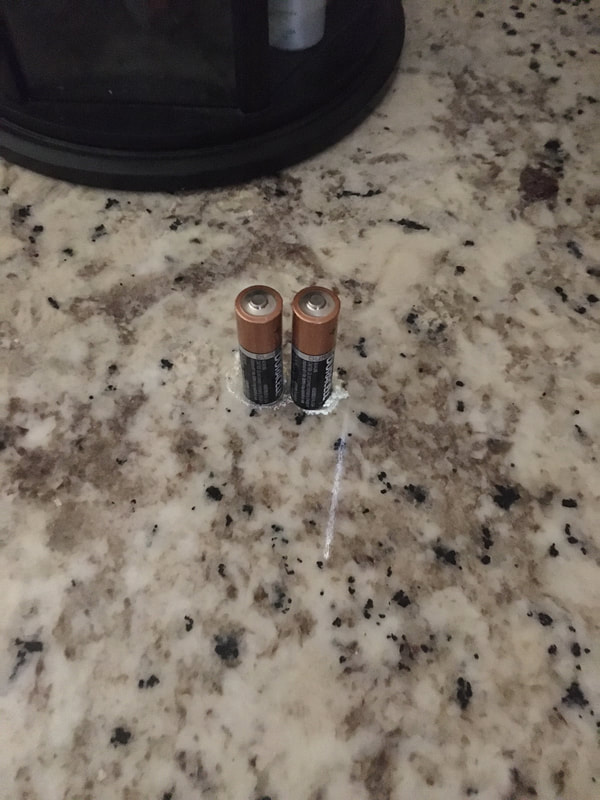
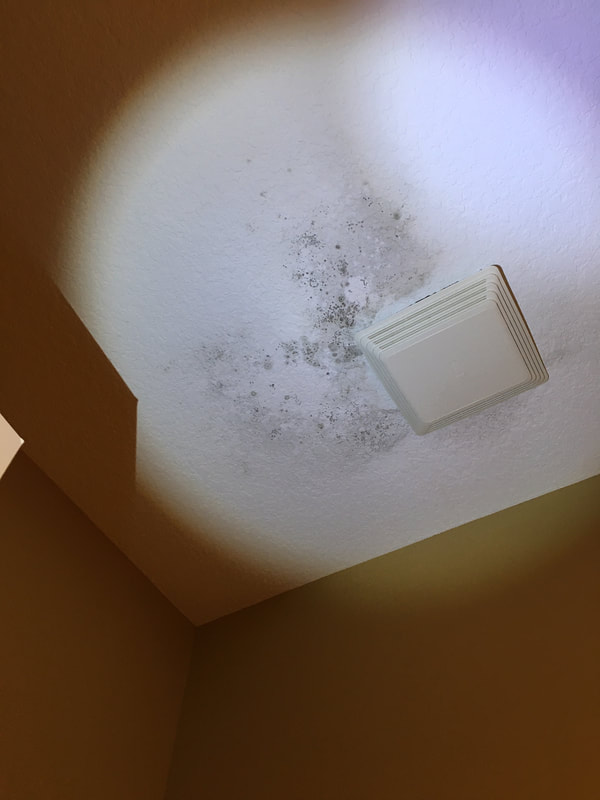
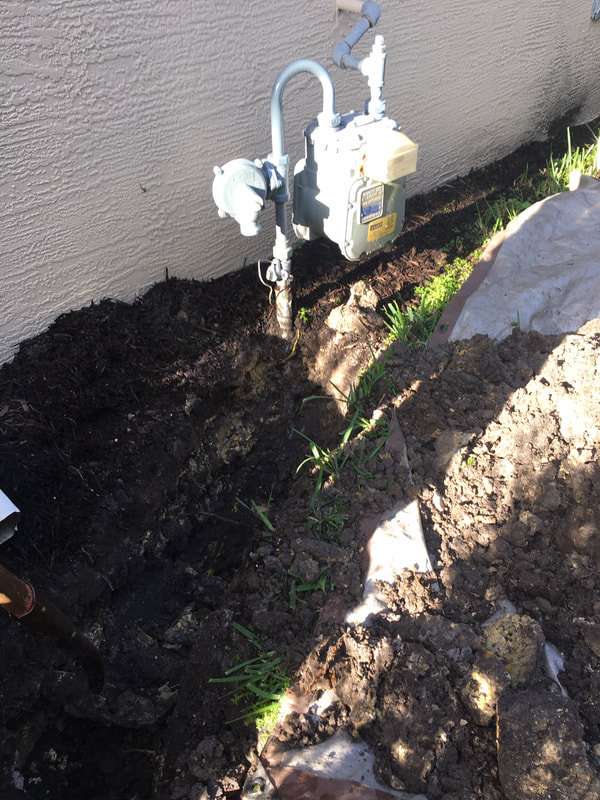
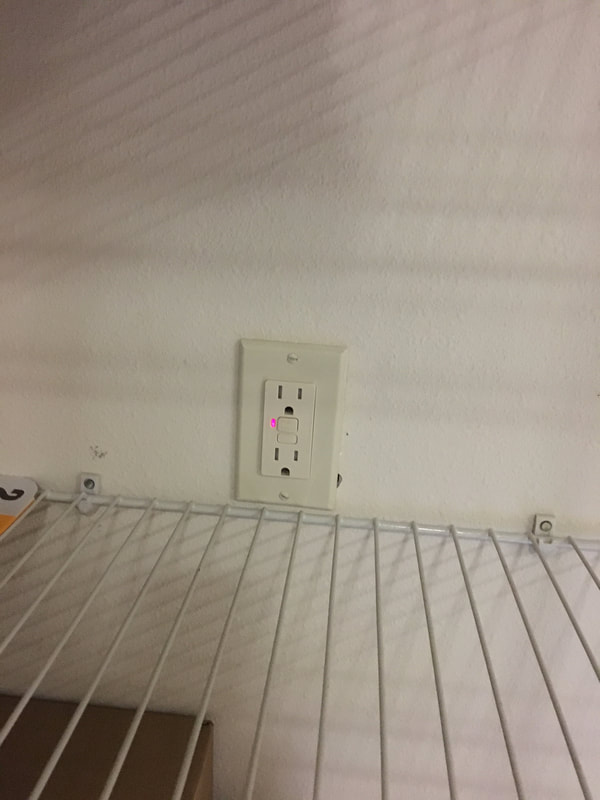
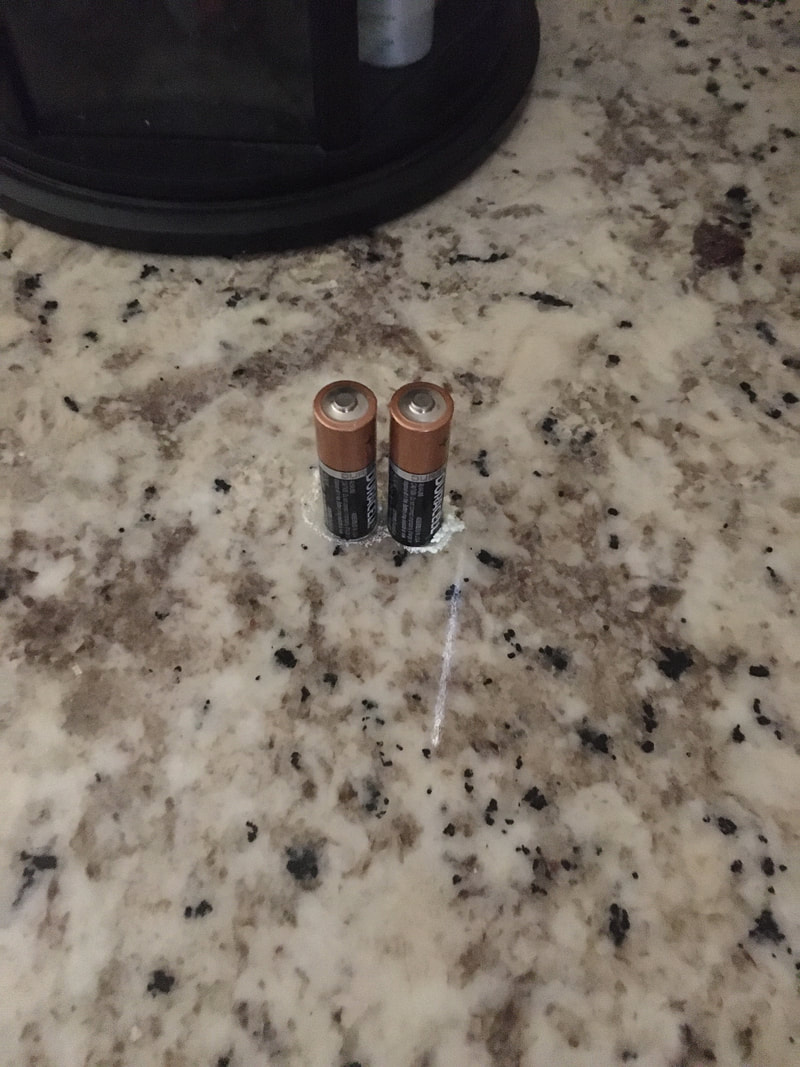
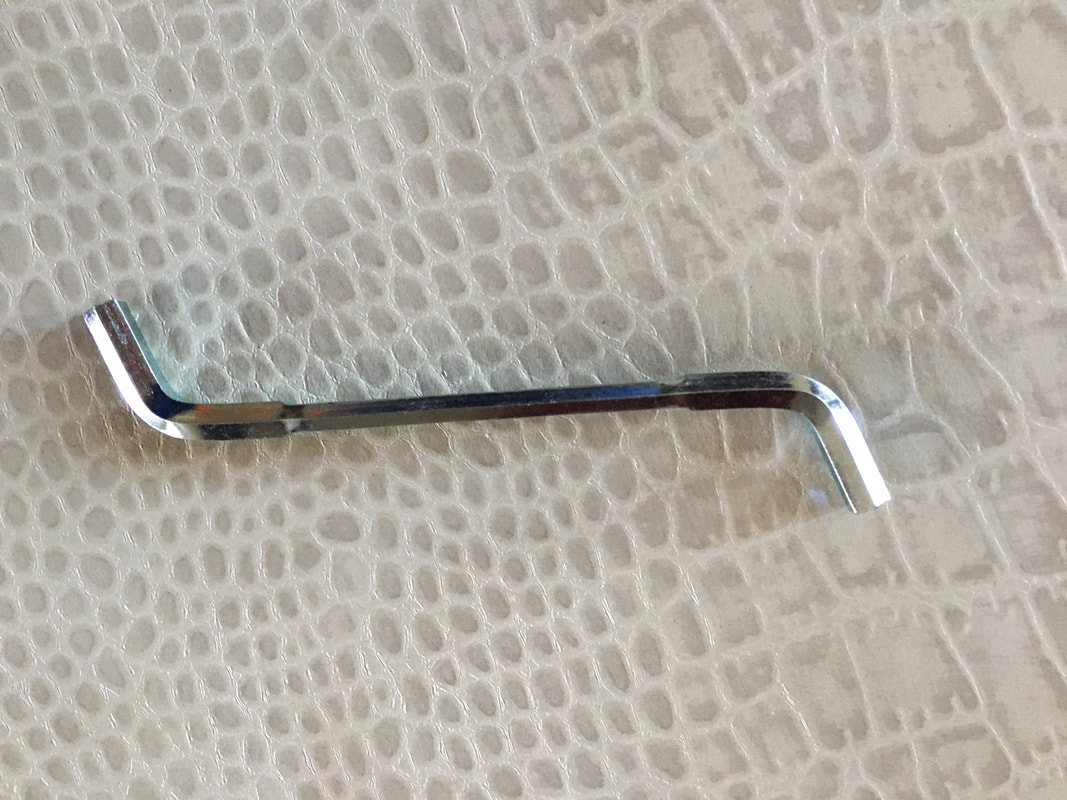
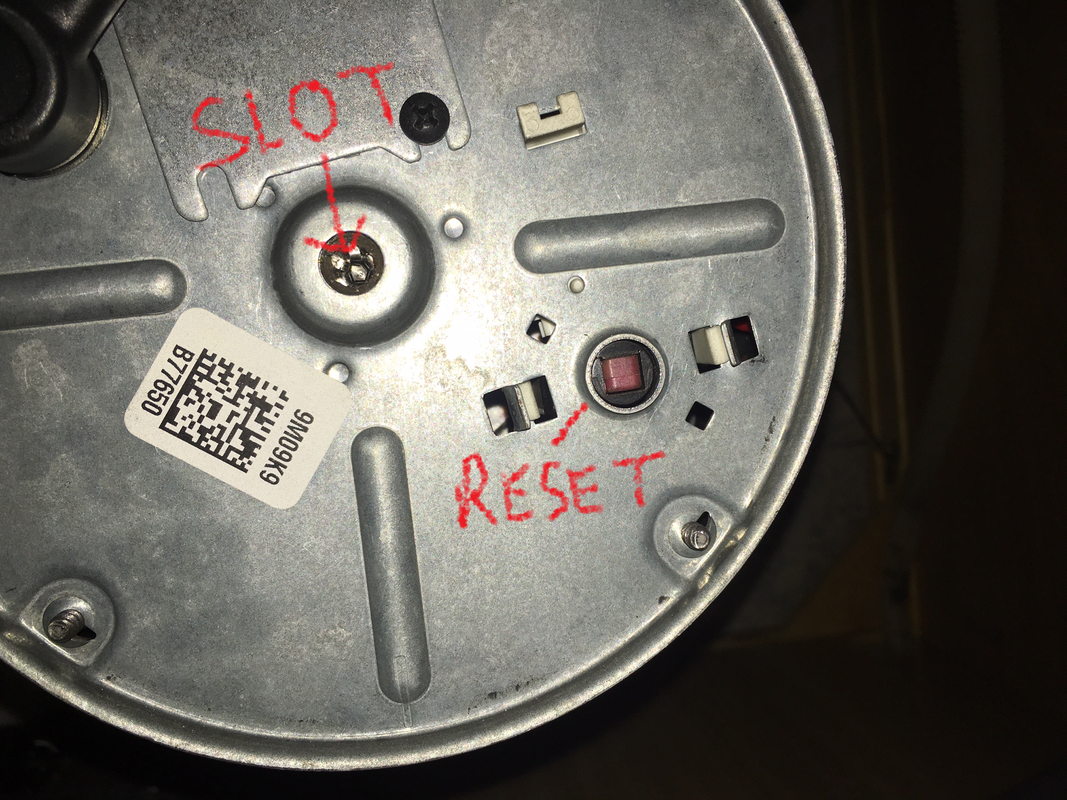
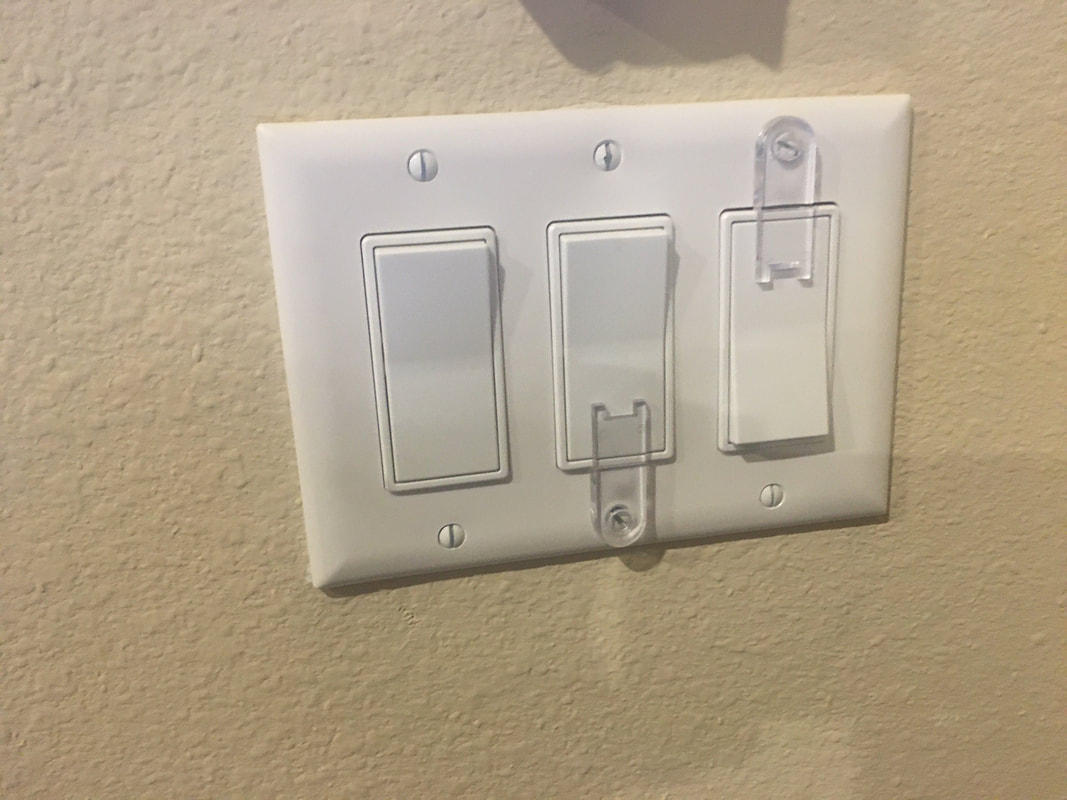
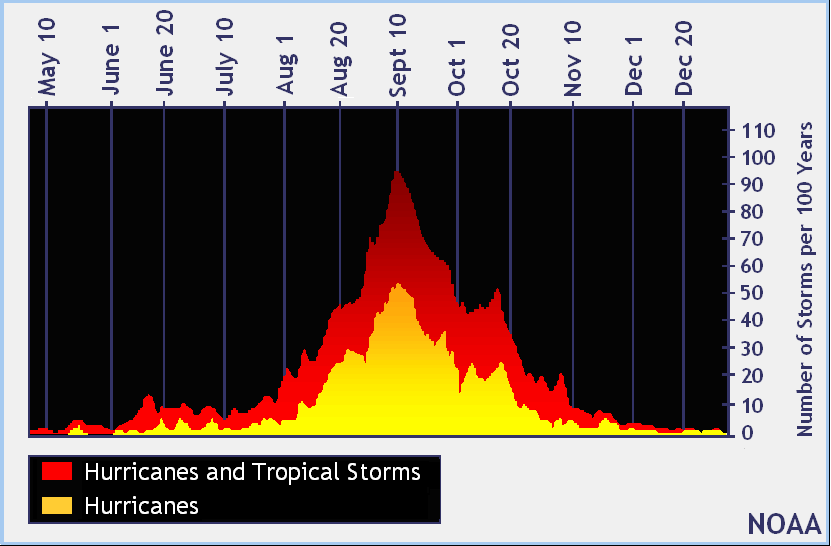
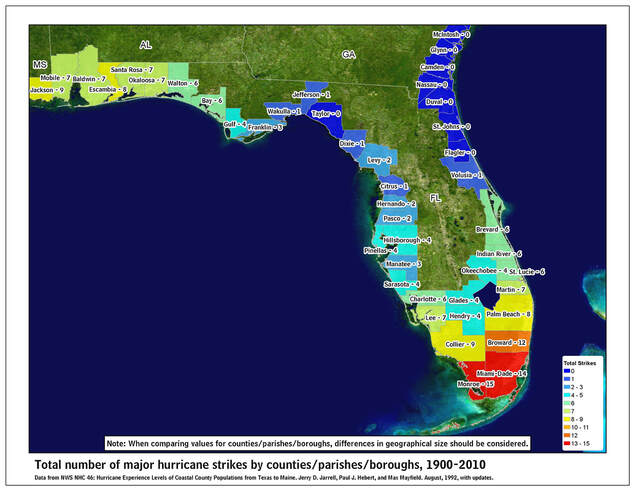
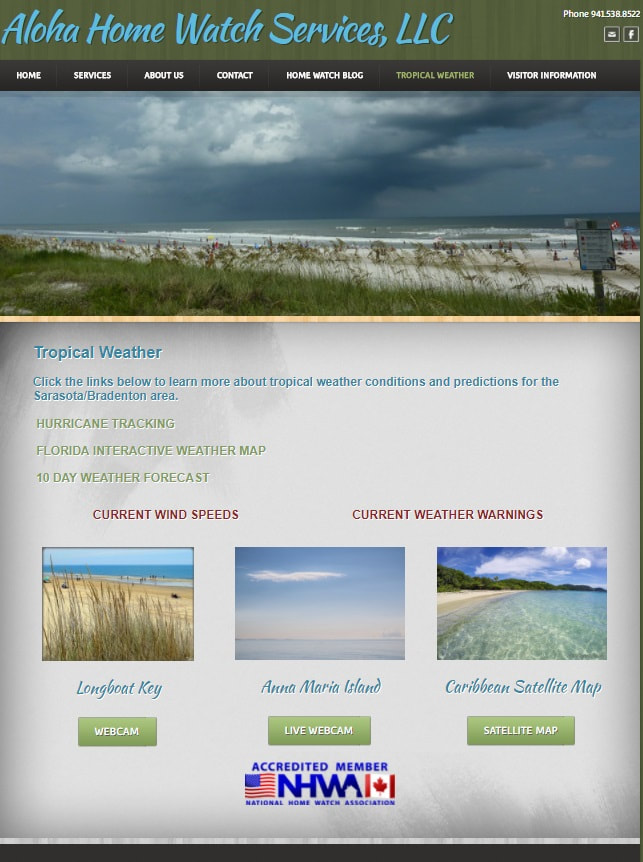
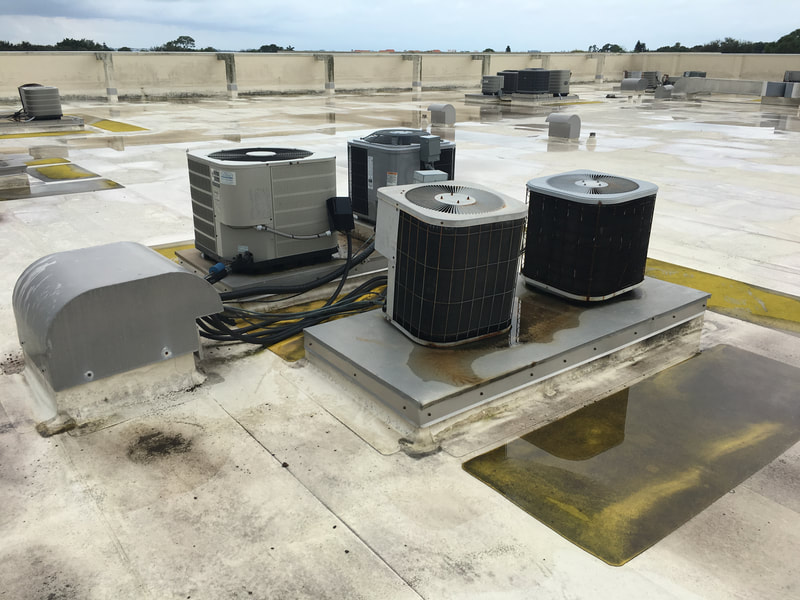
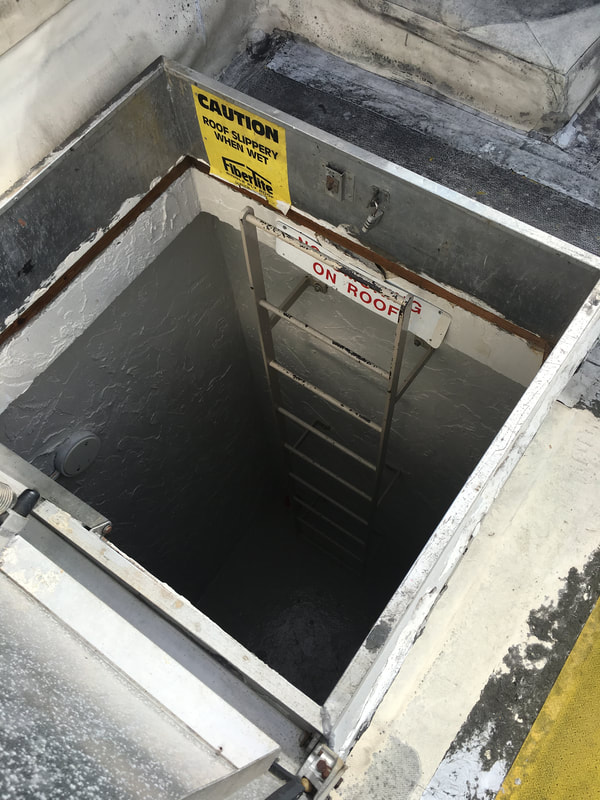
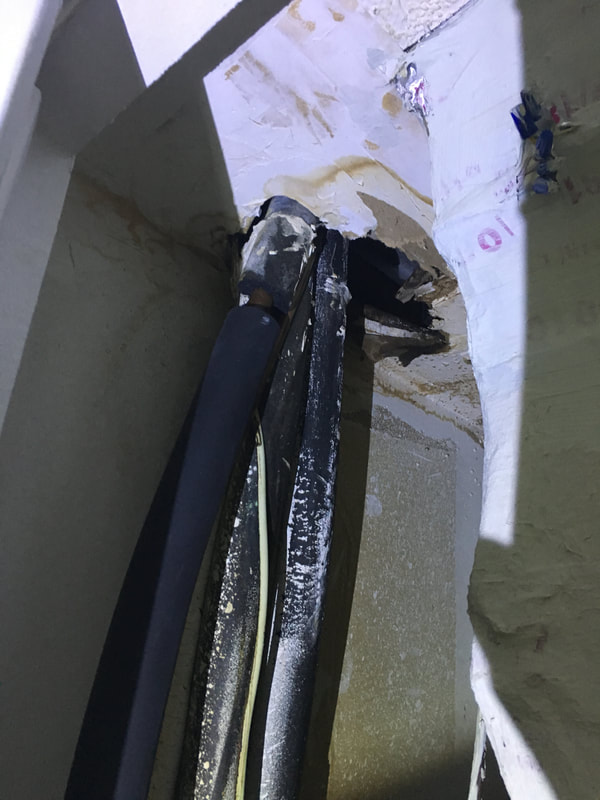
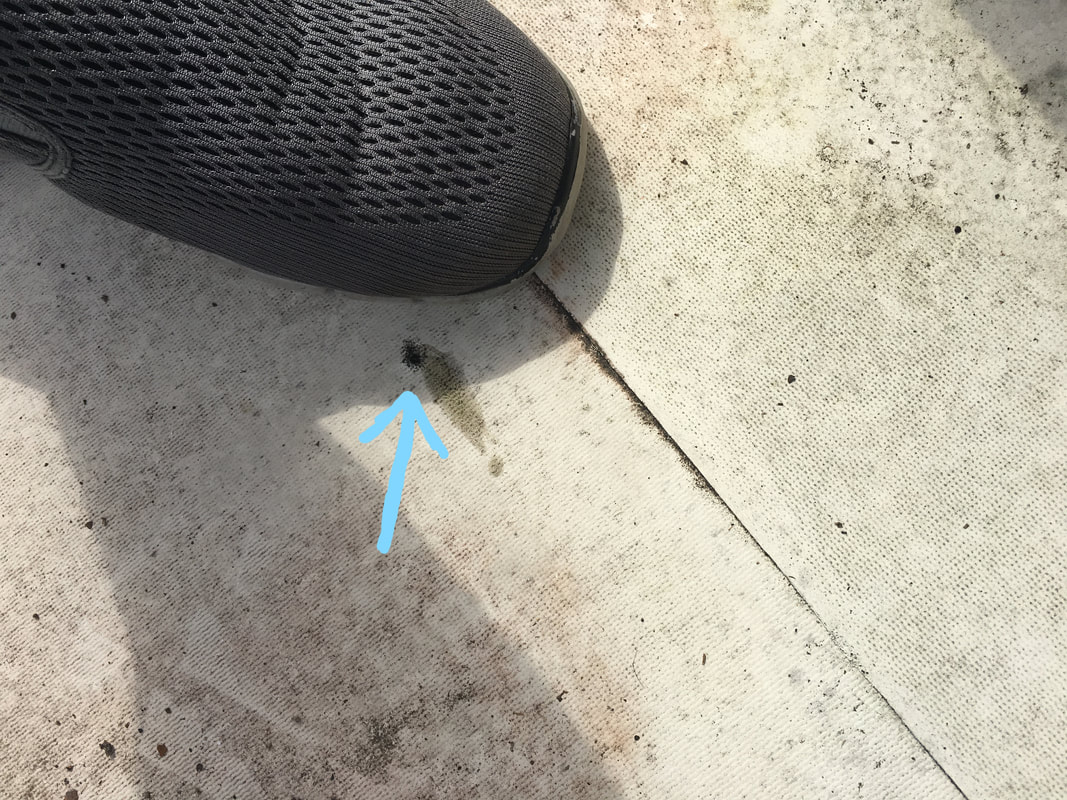
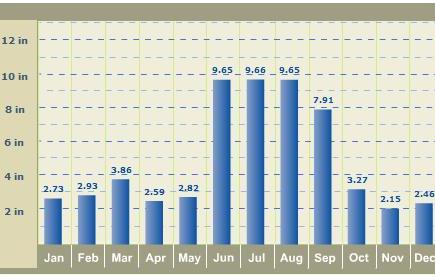
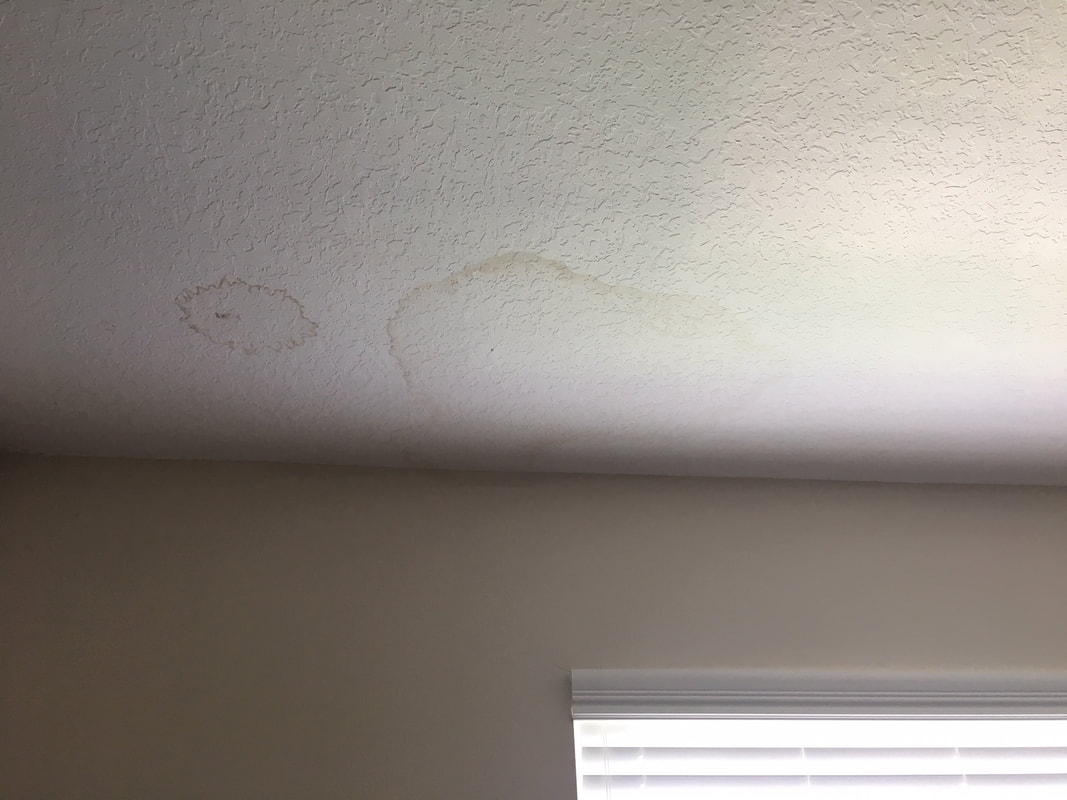
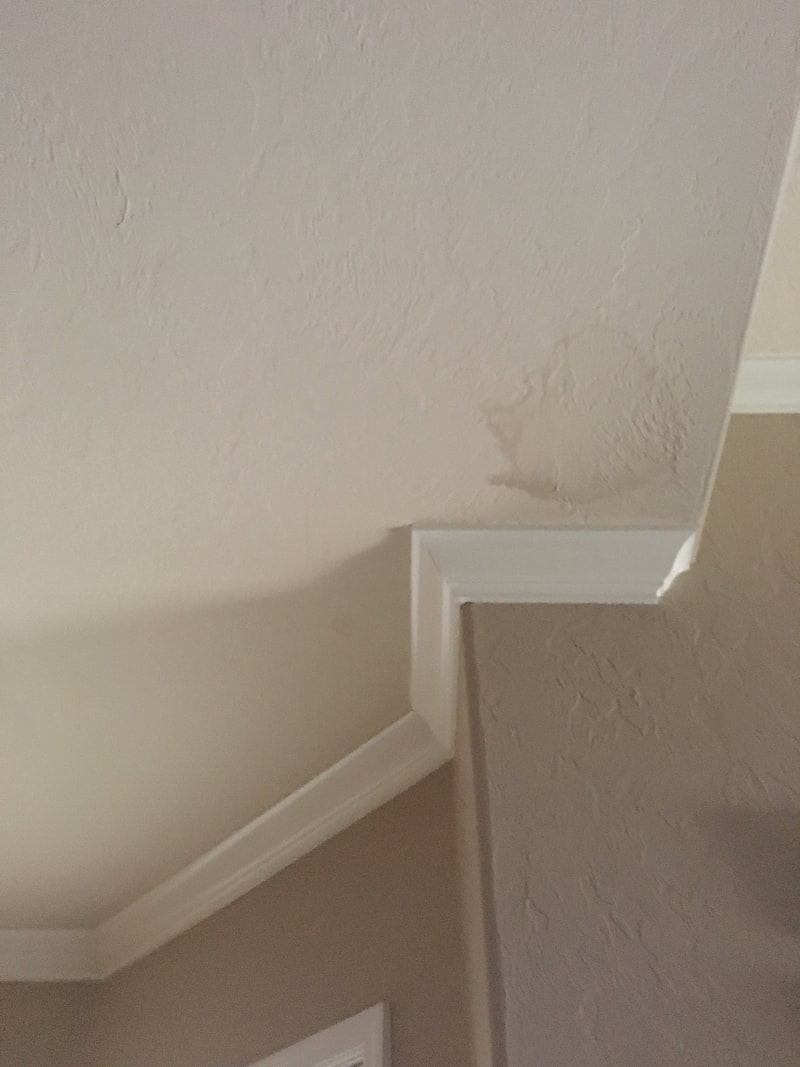
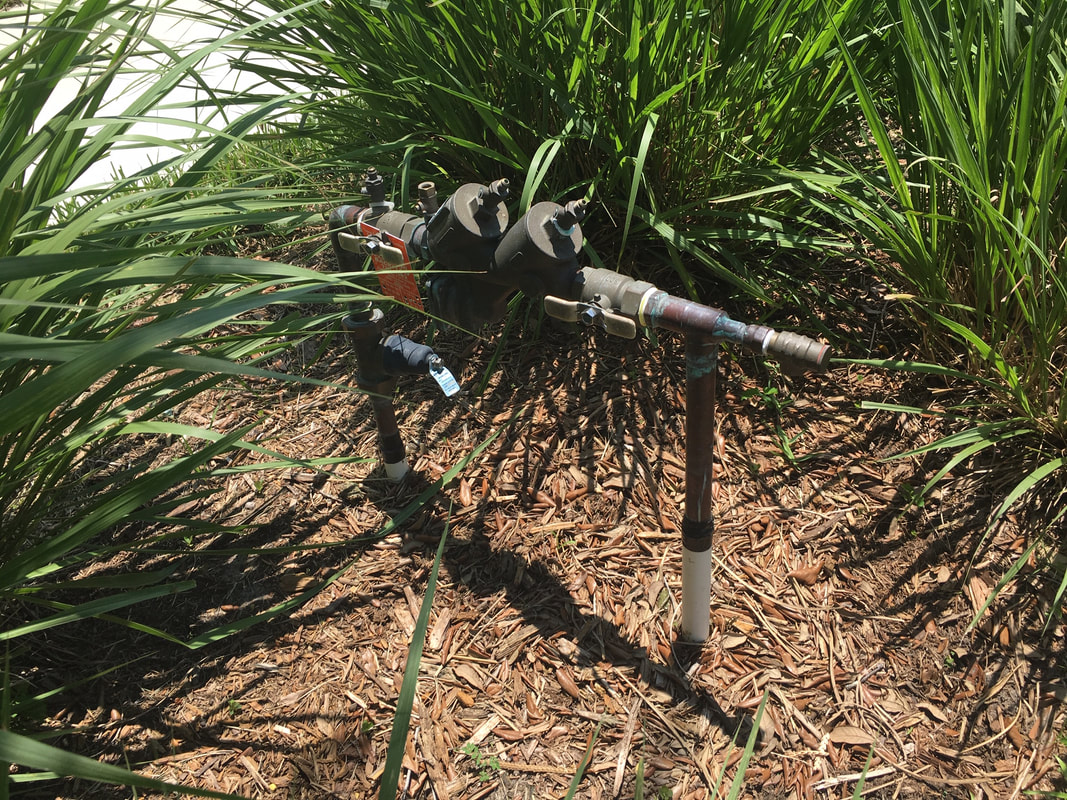
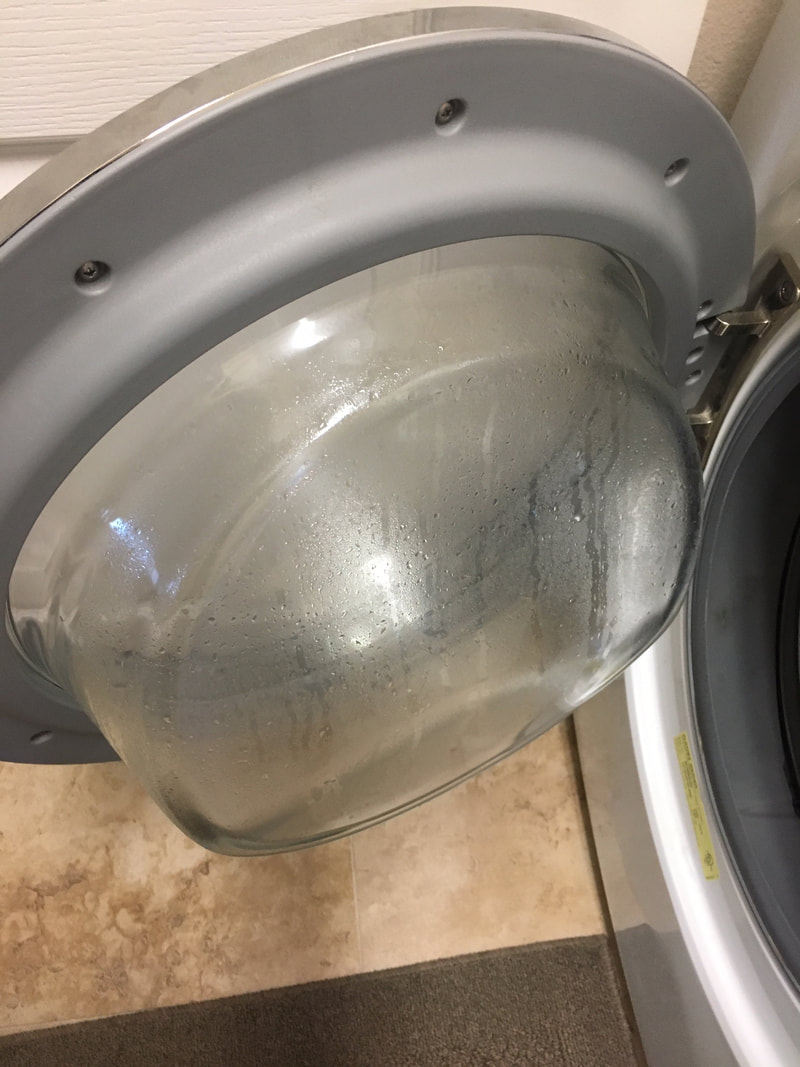
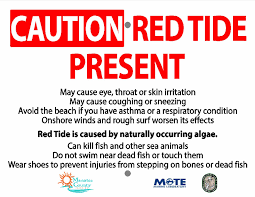
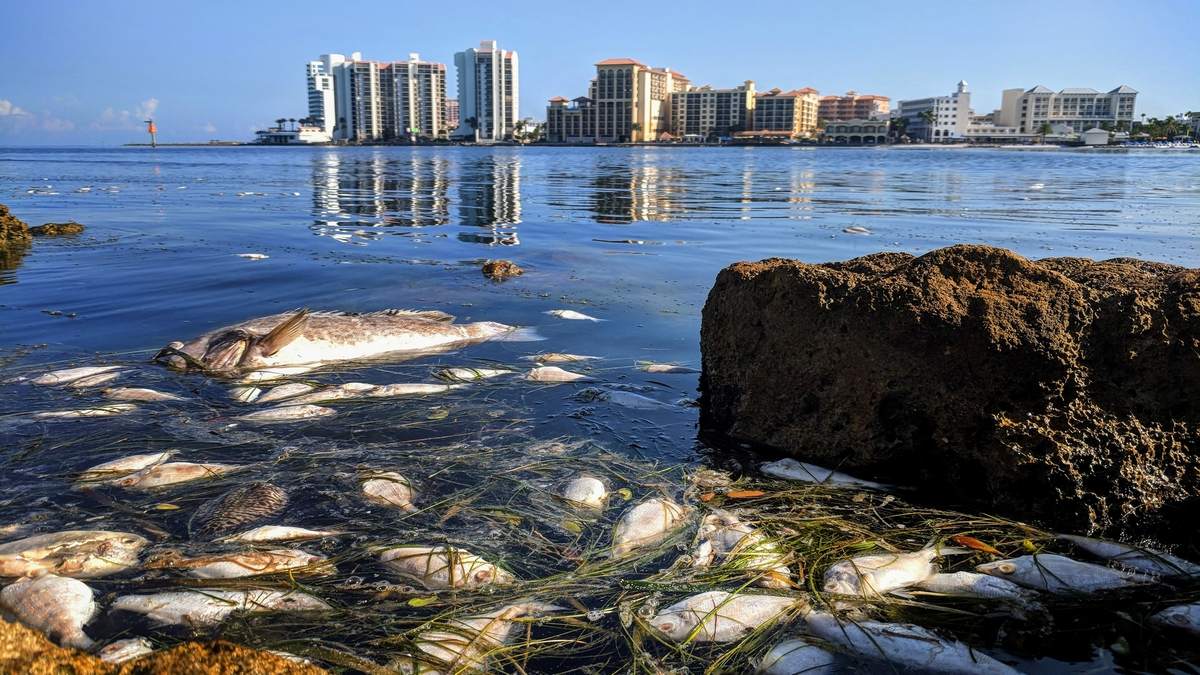
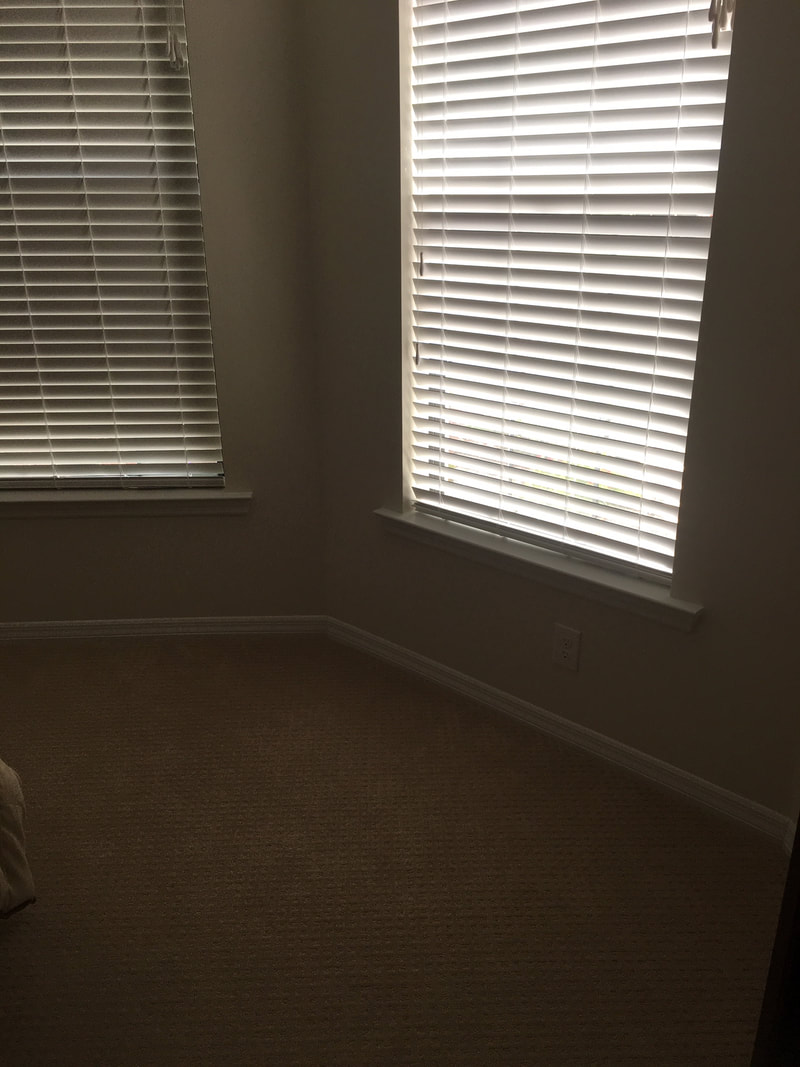
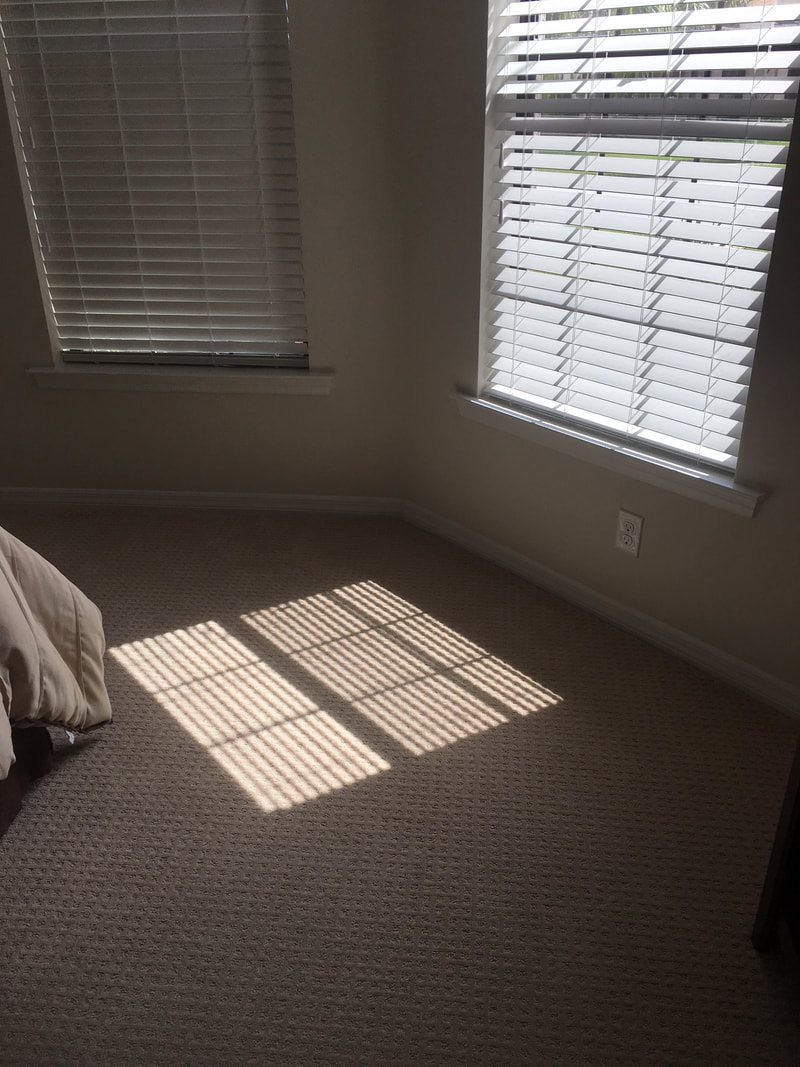
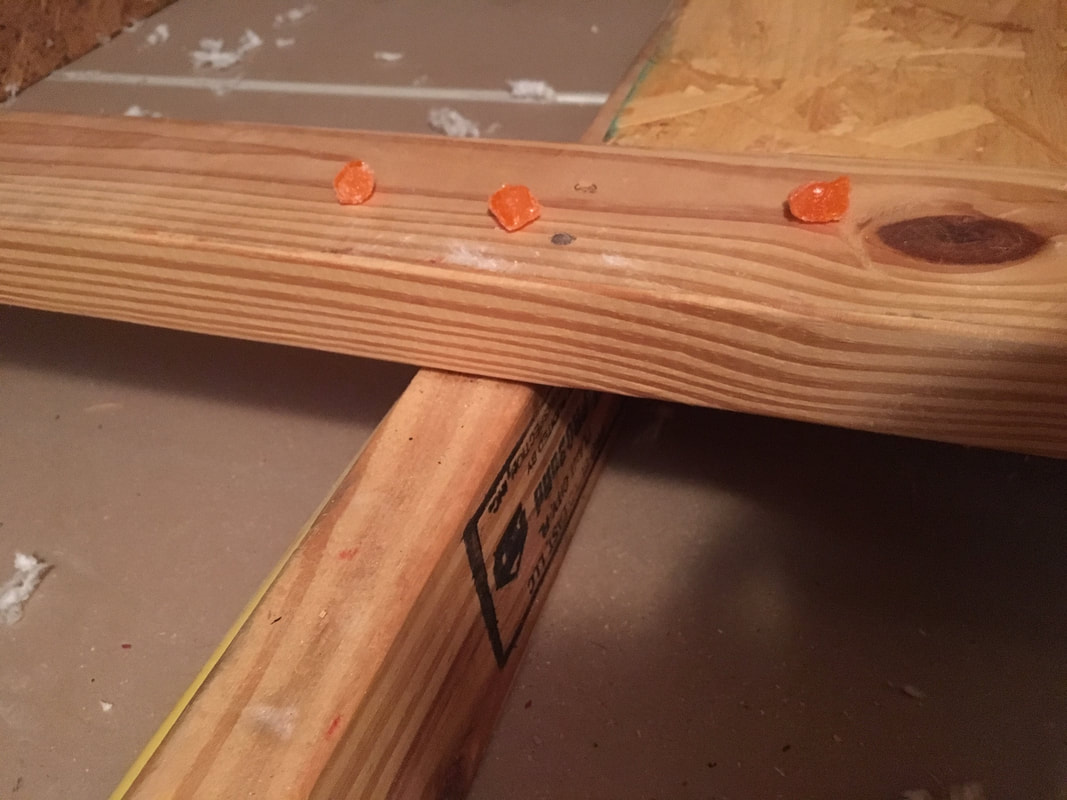




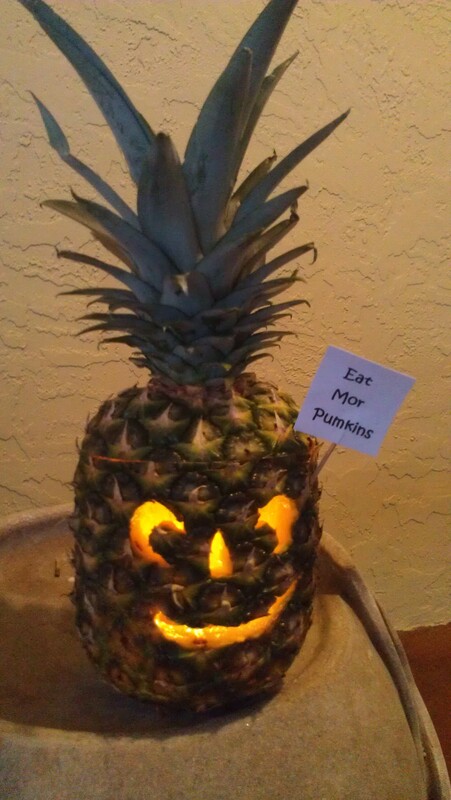
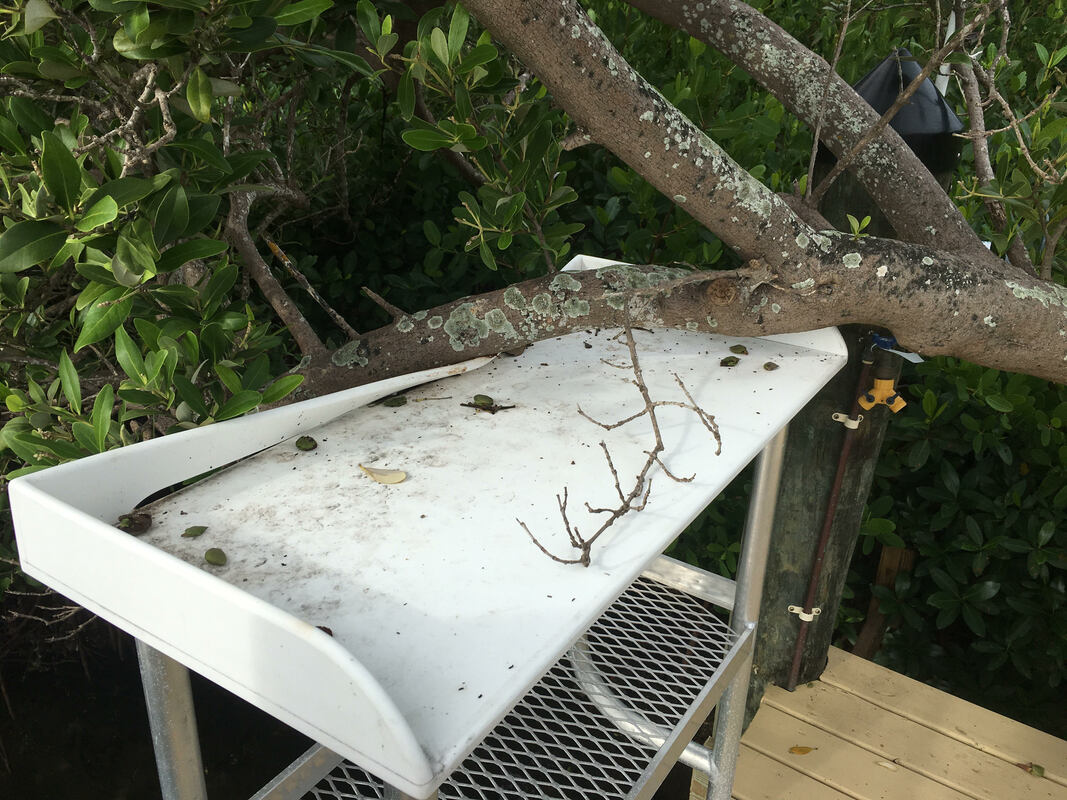
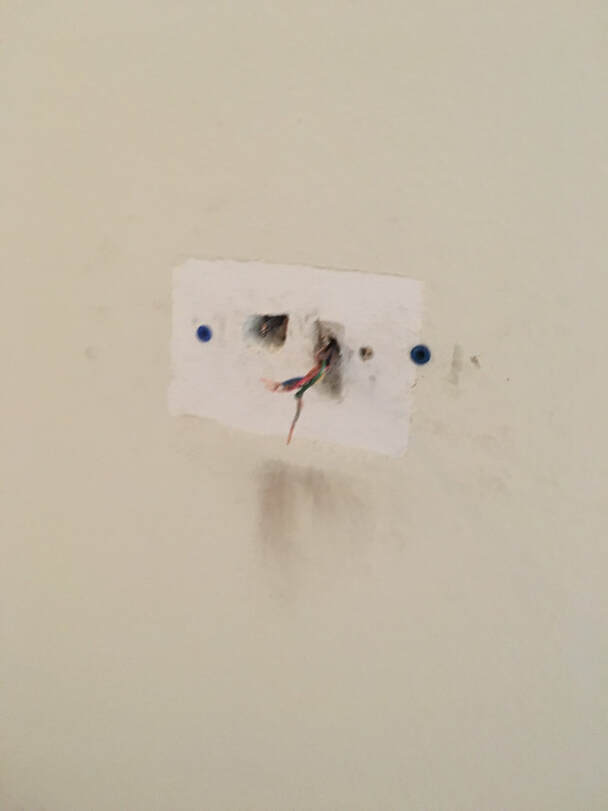
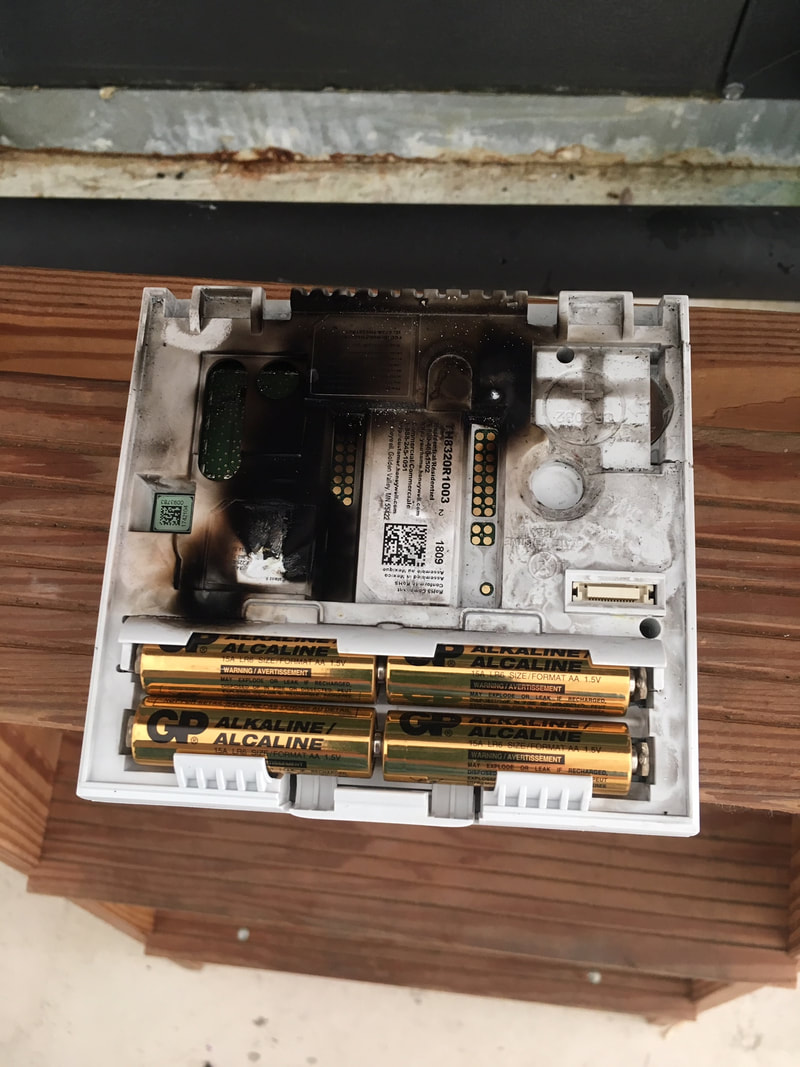
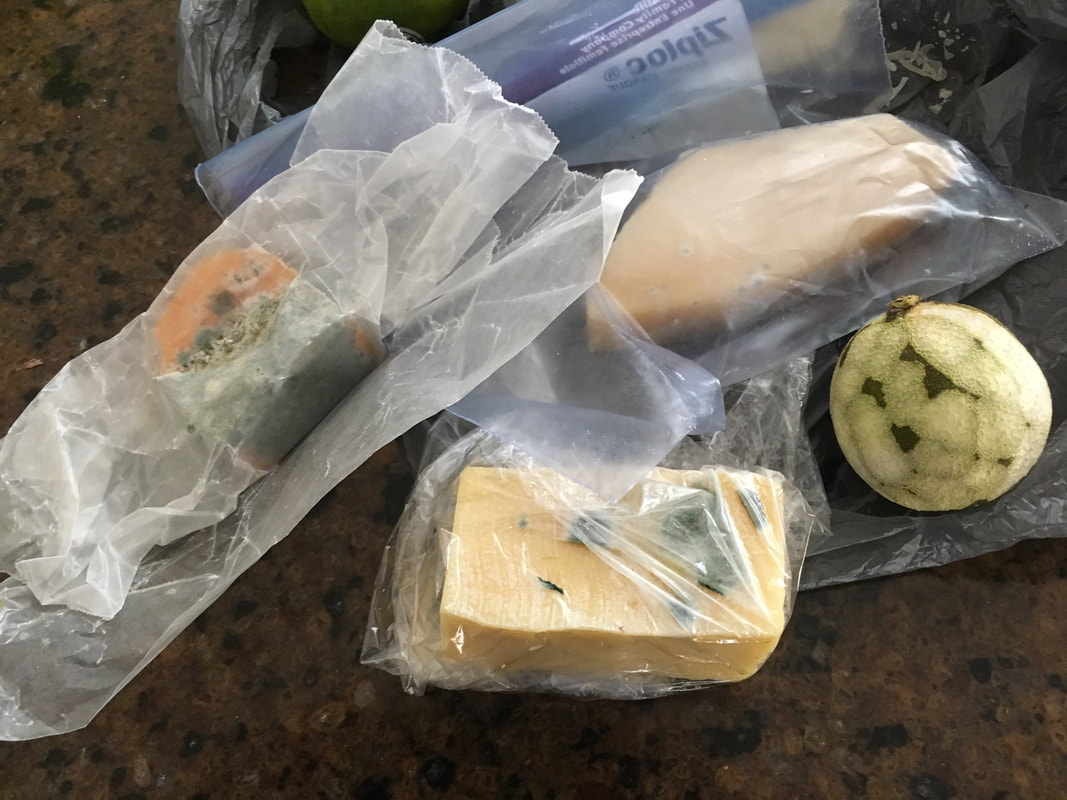

 RSS Feed
RSS Feed